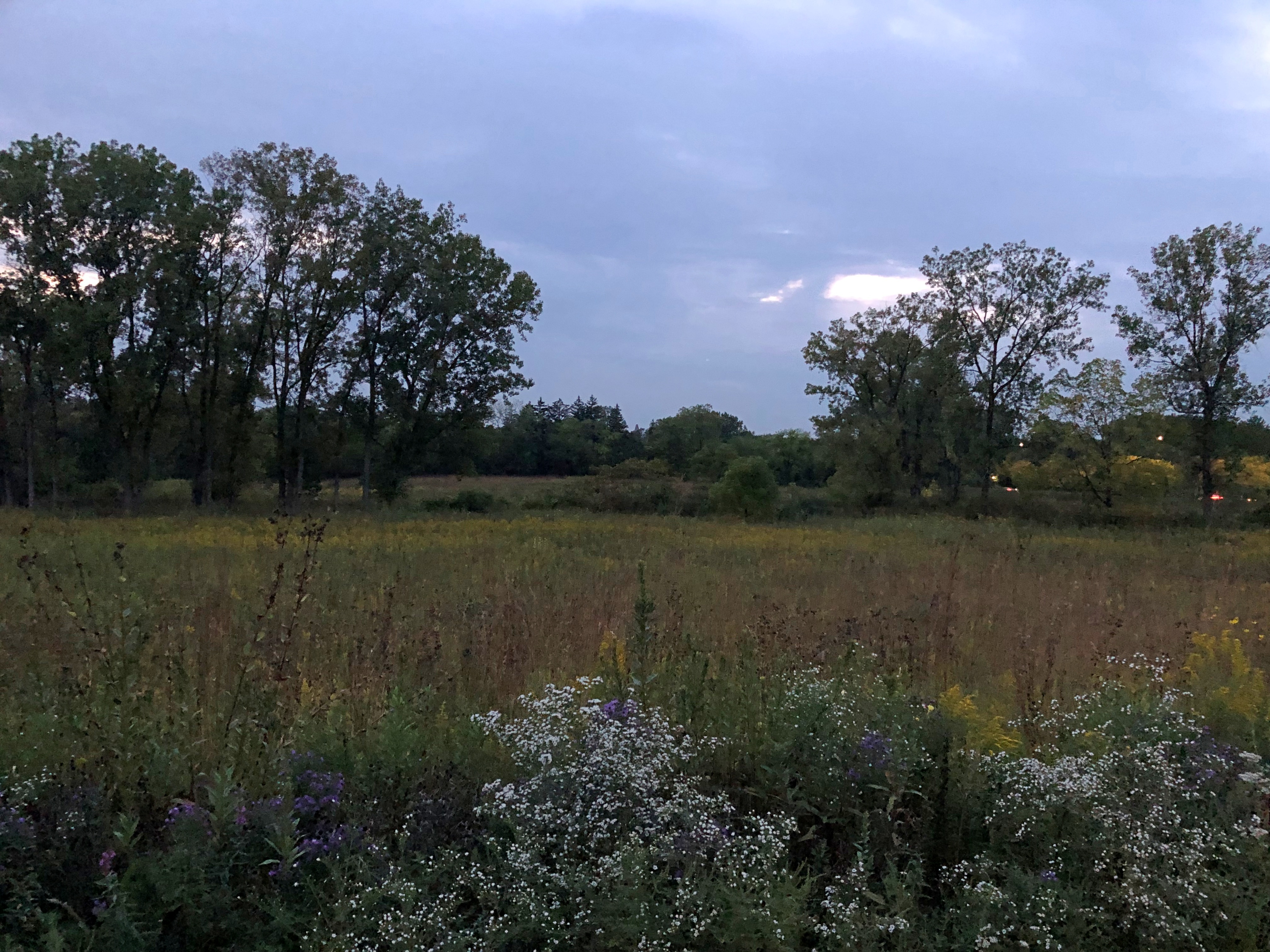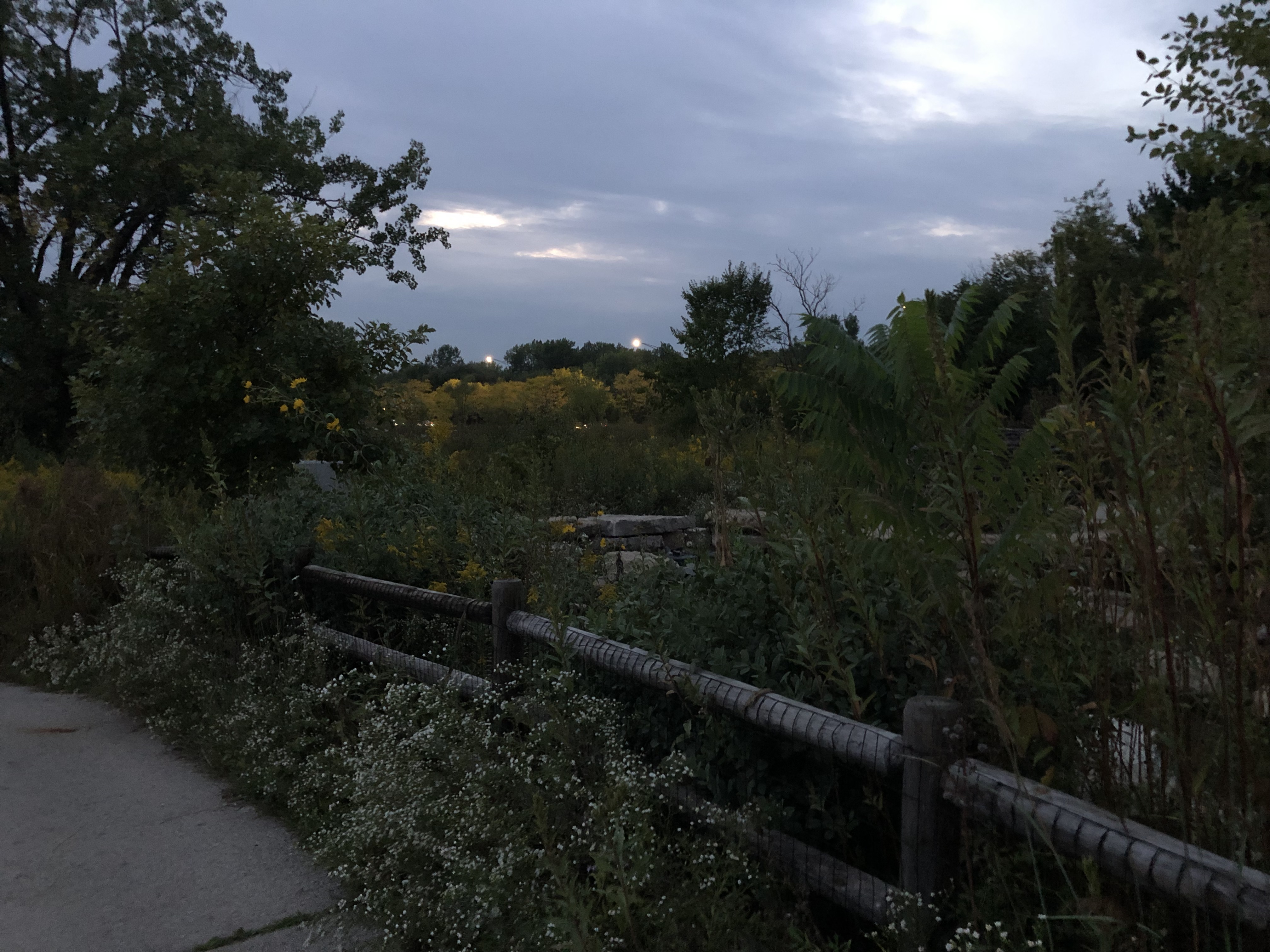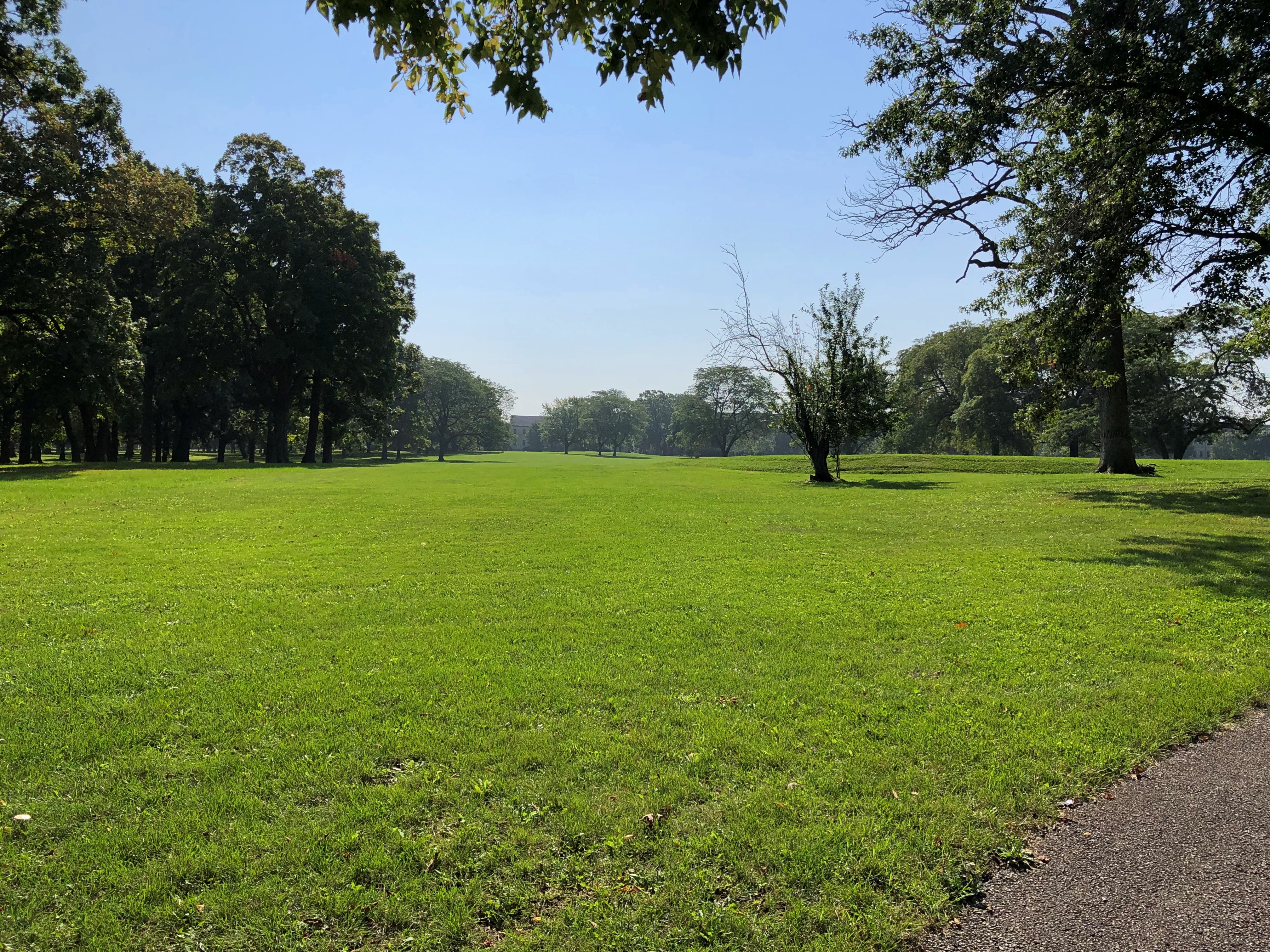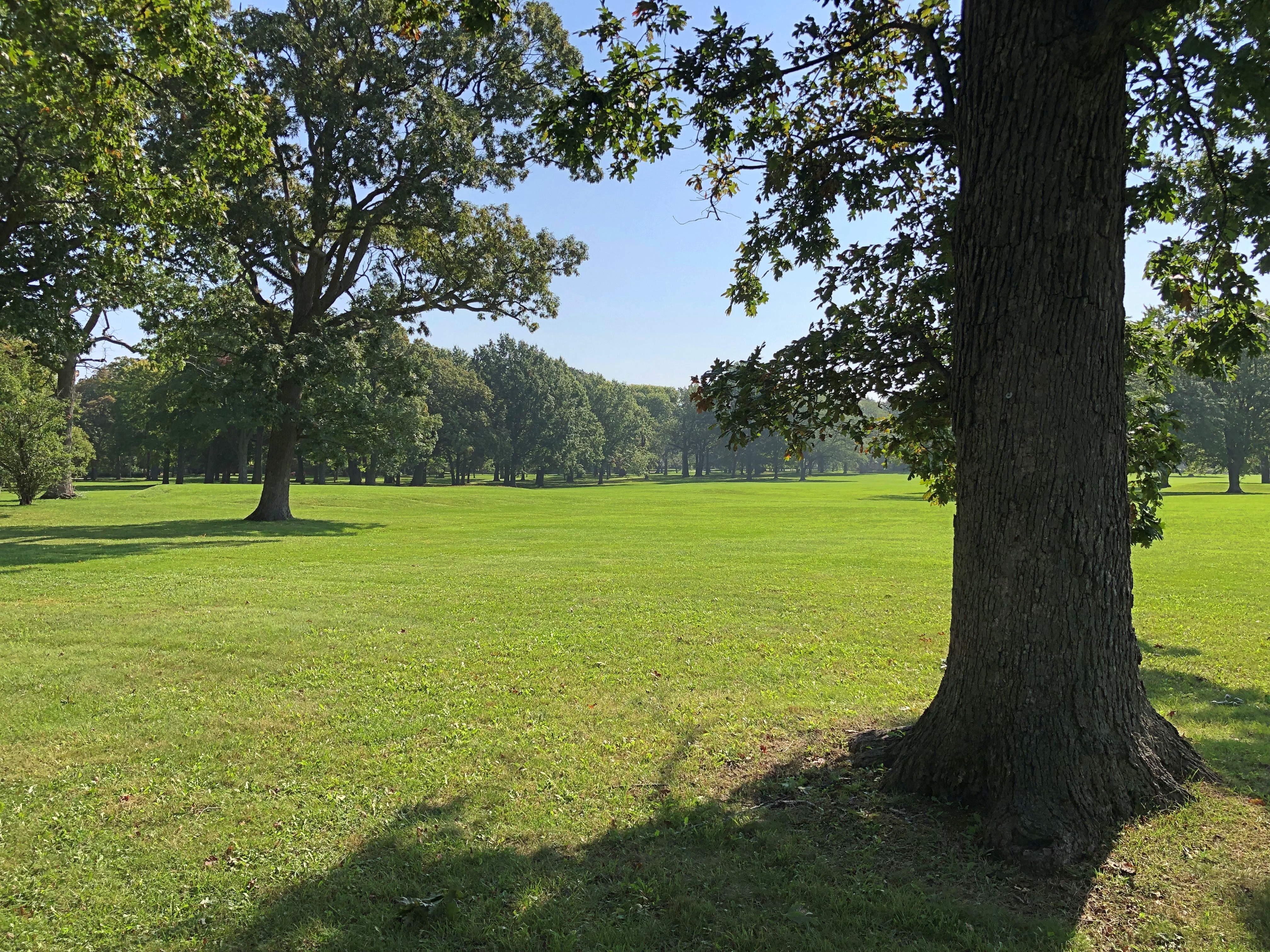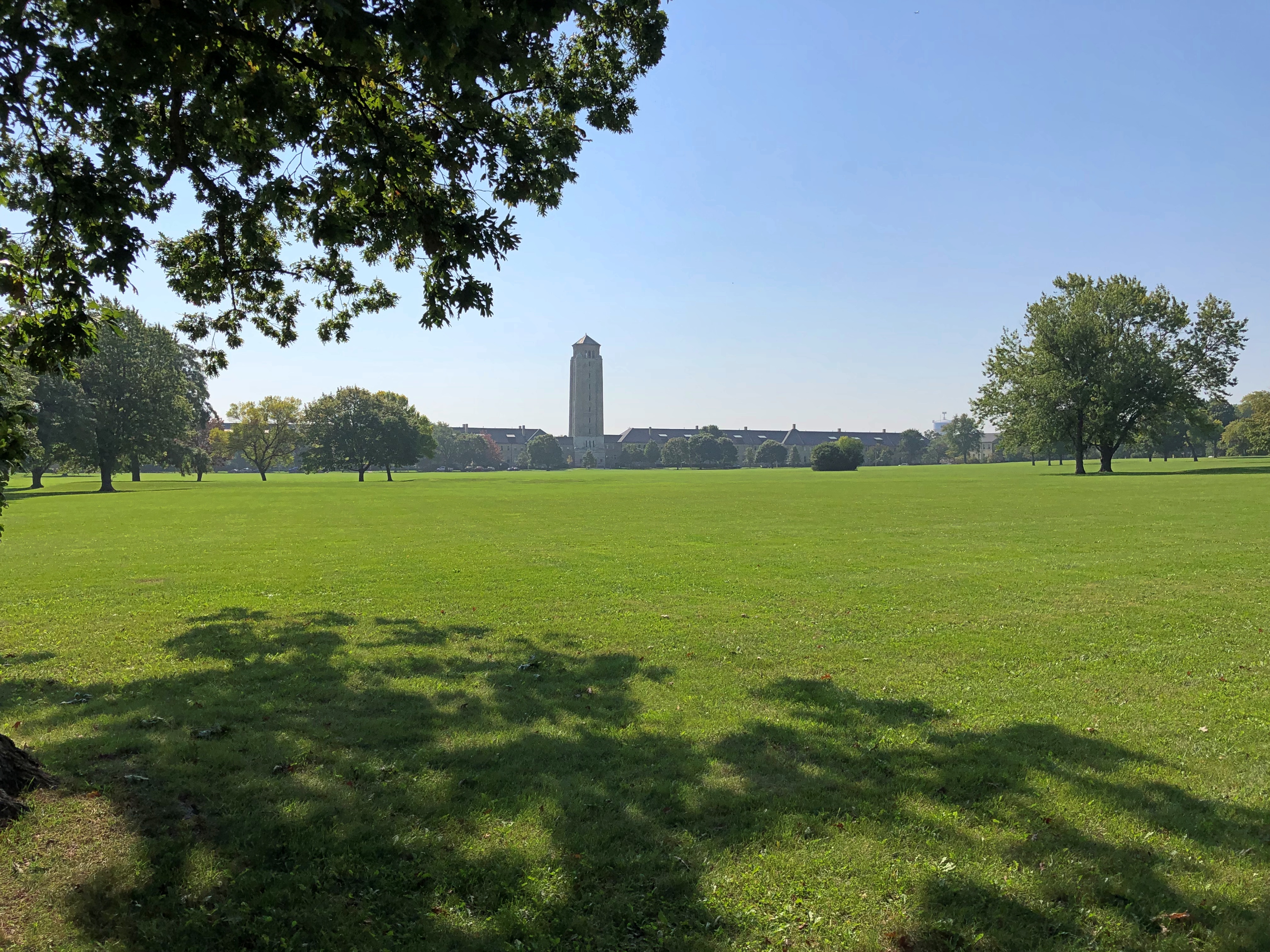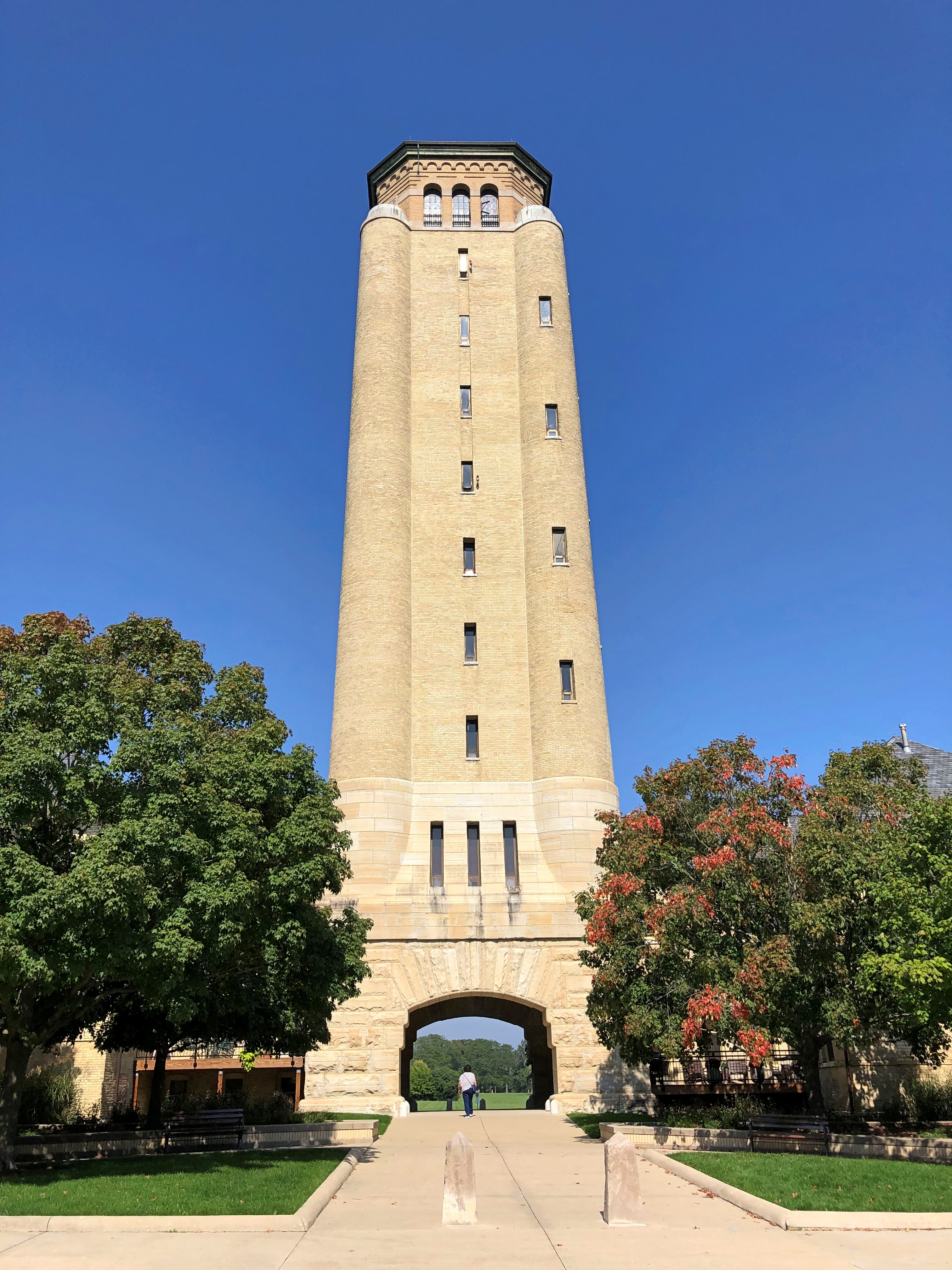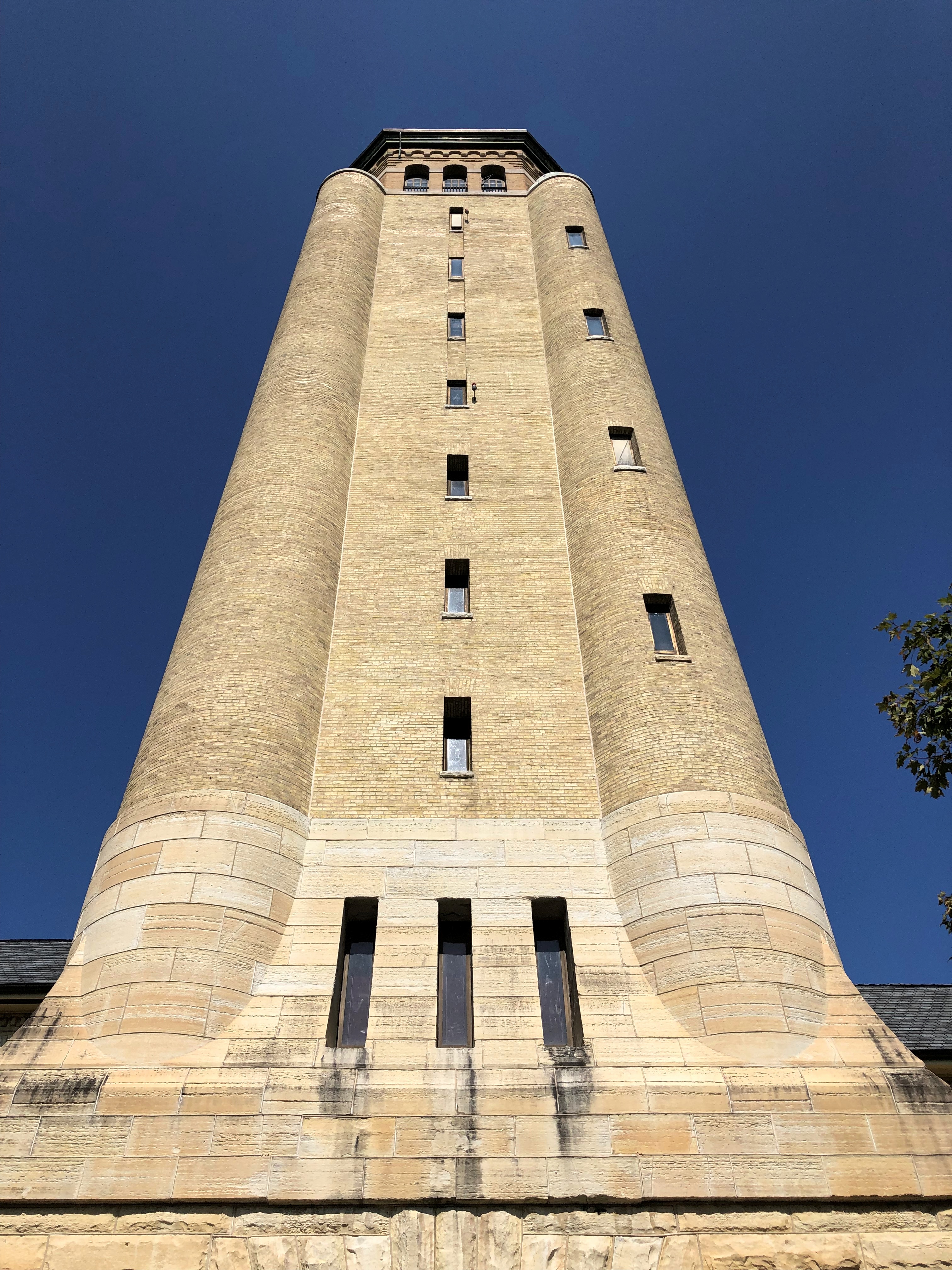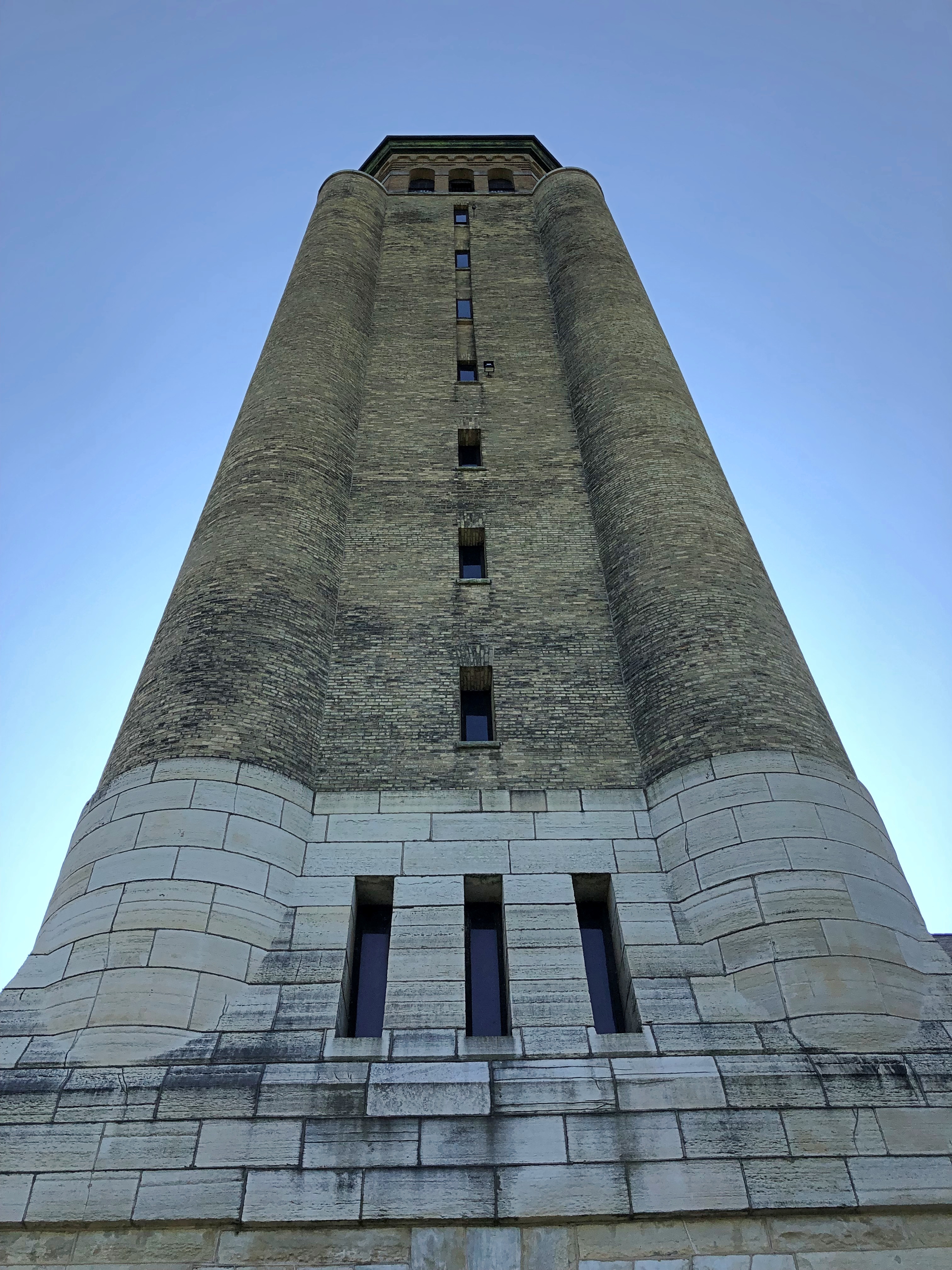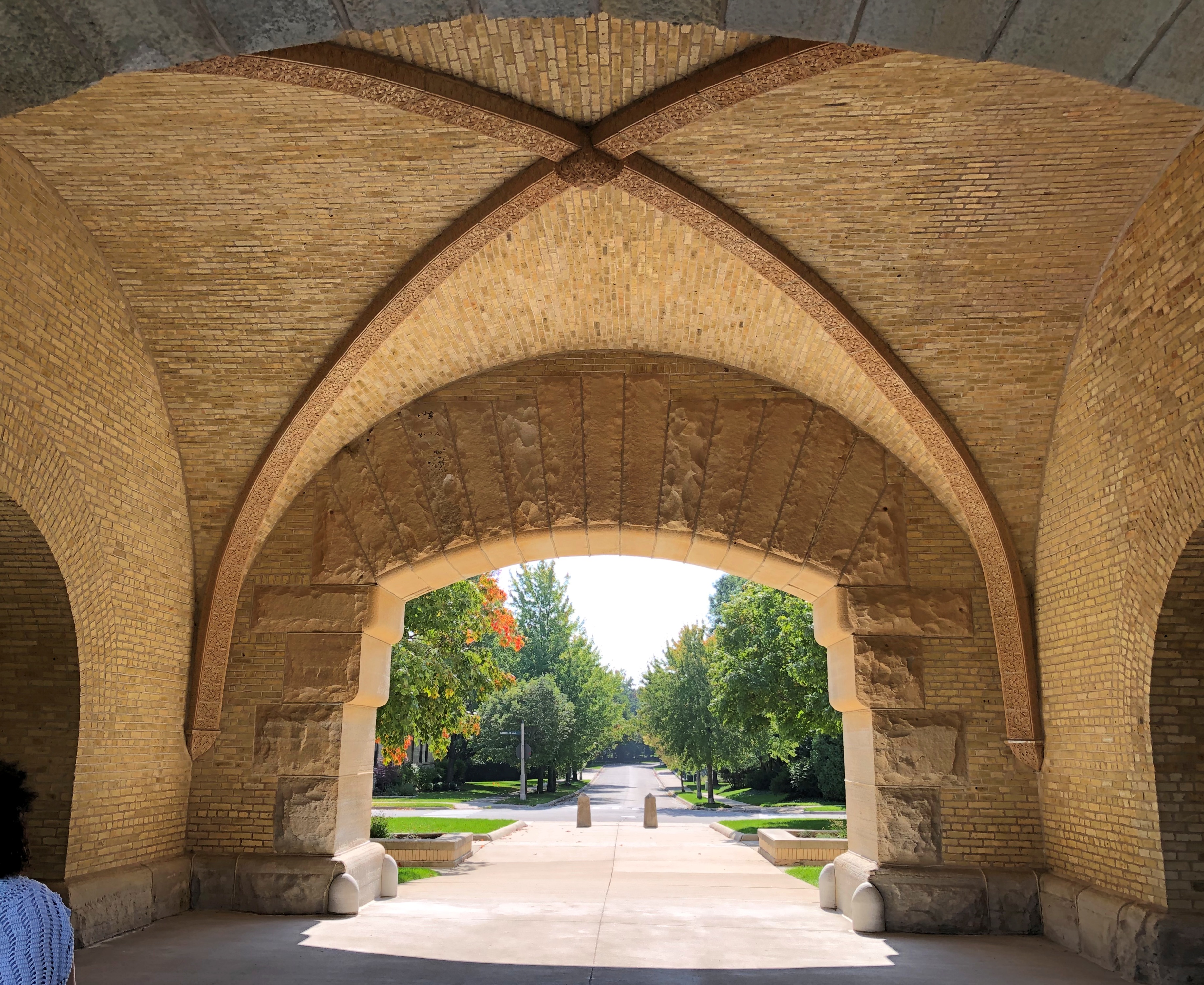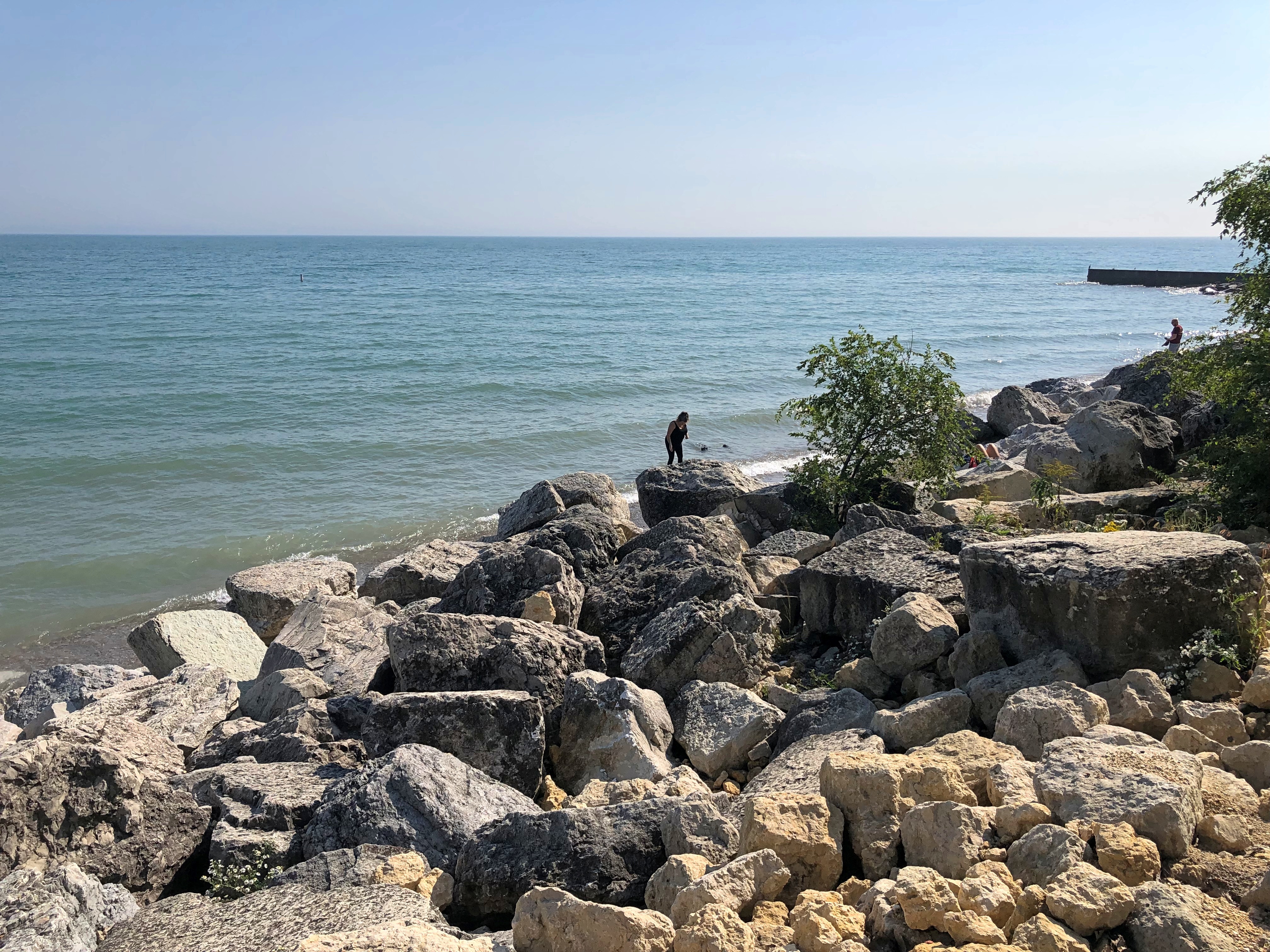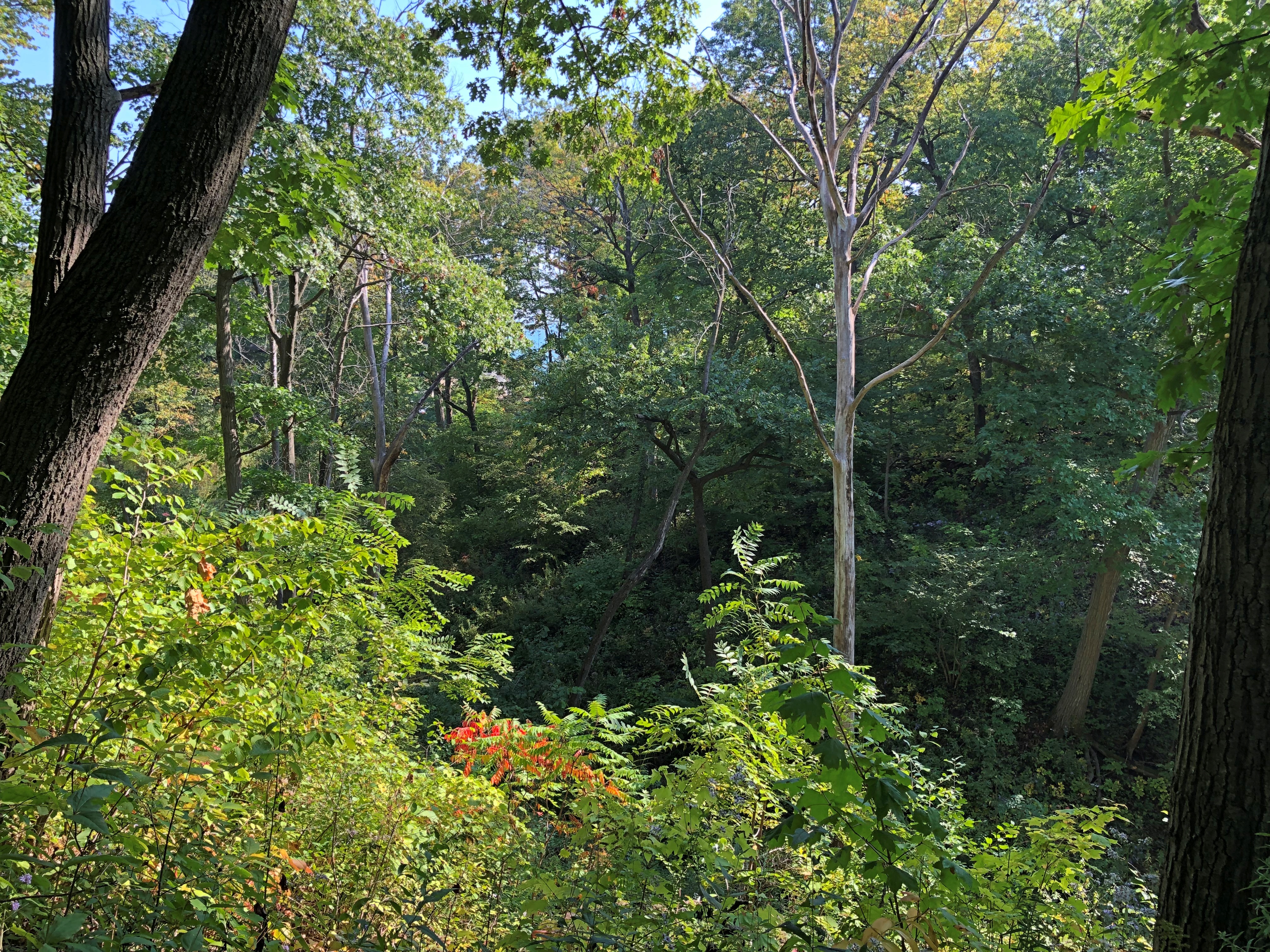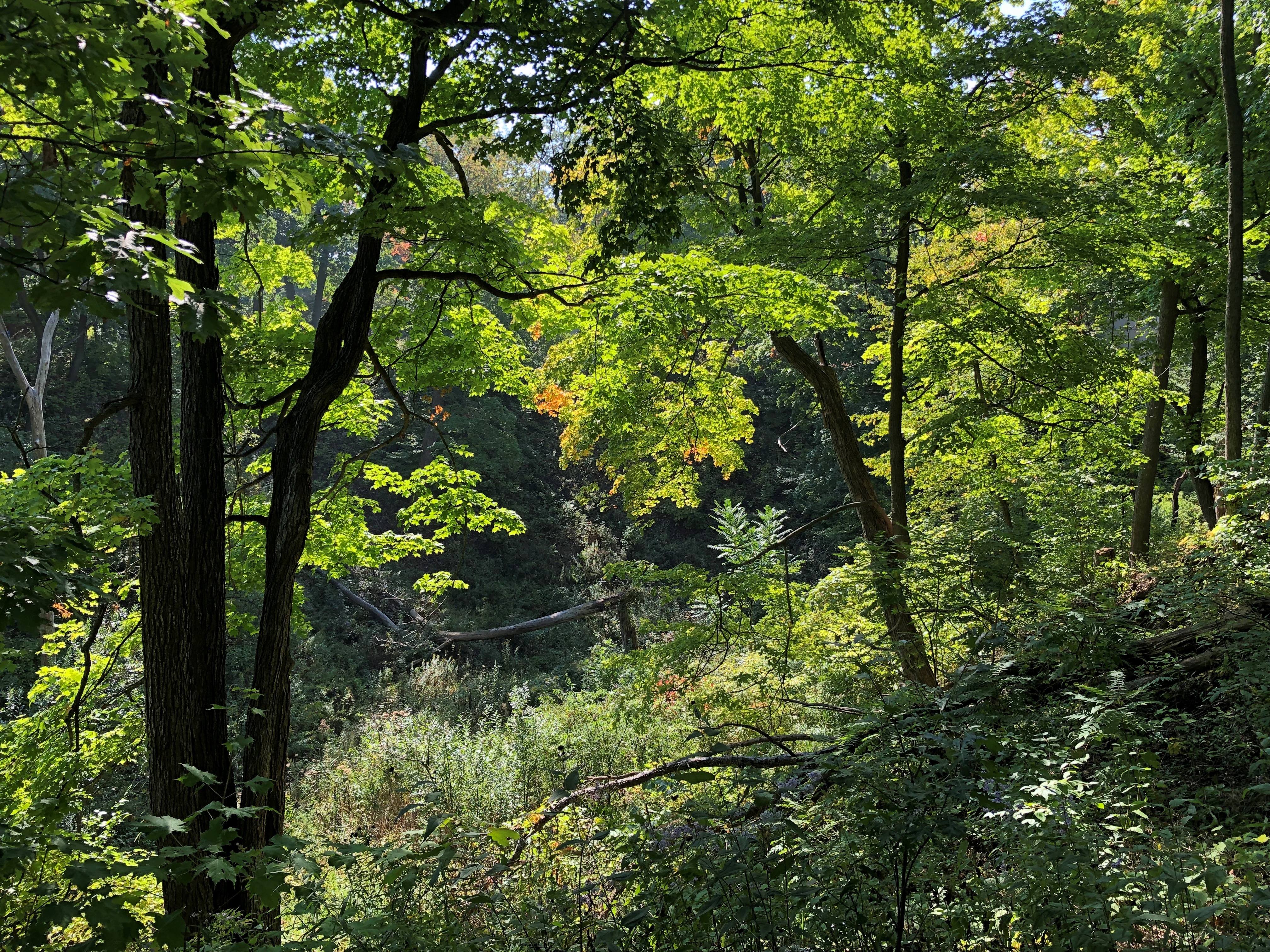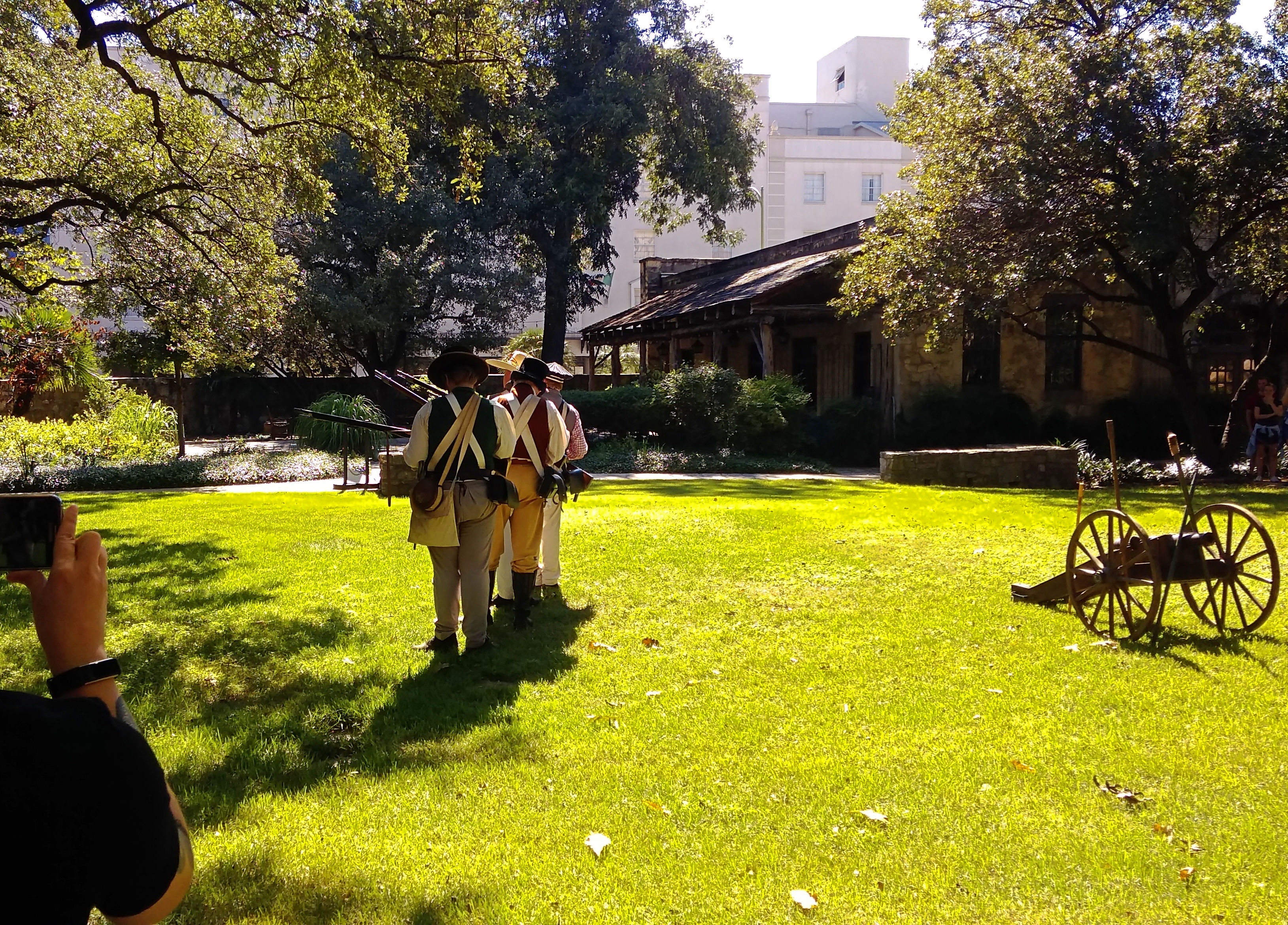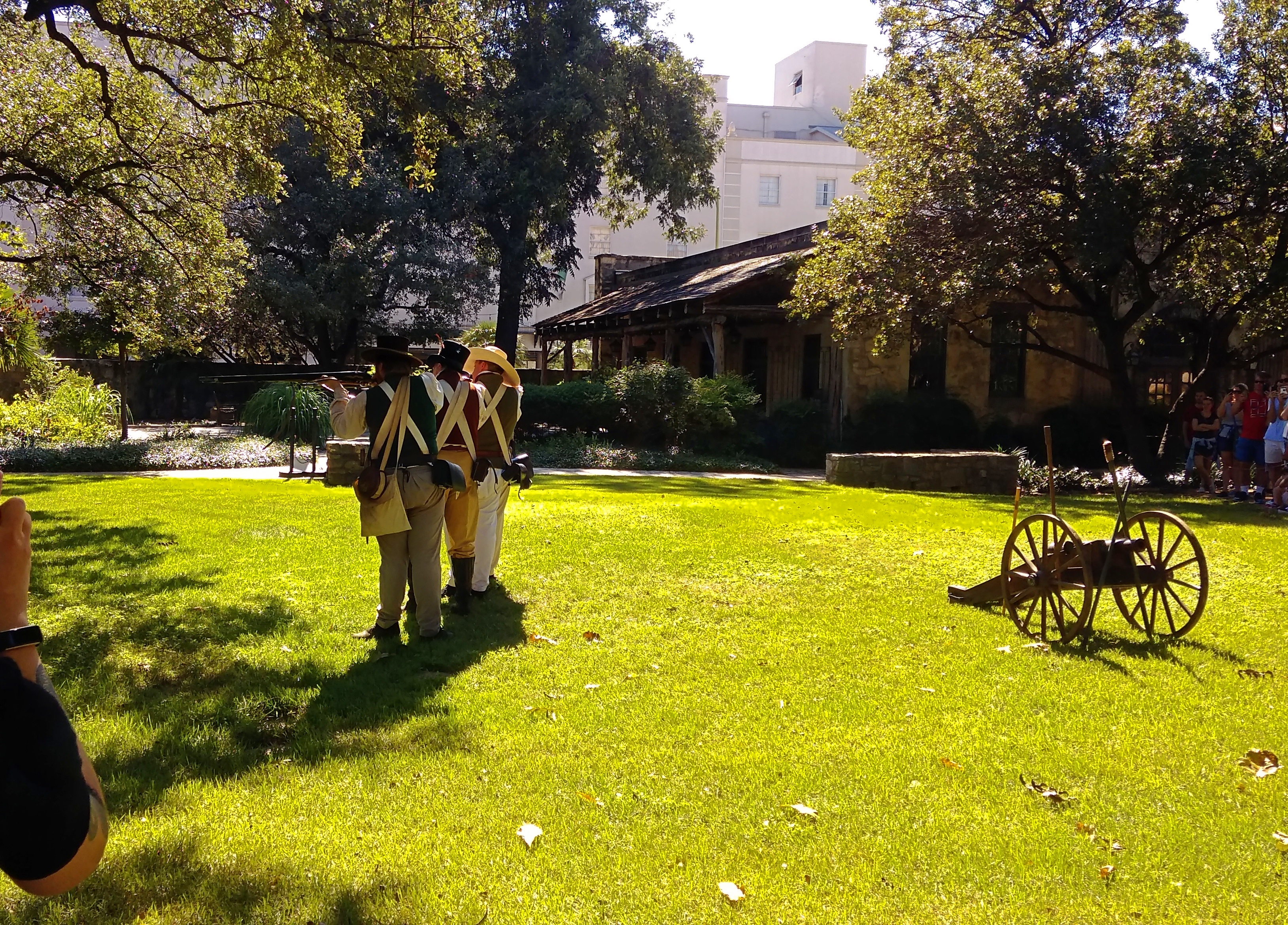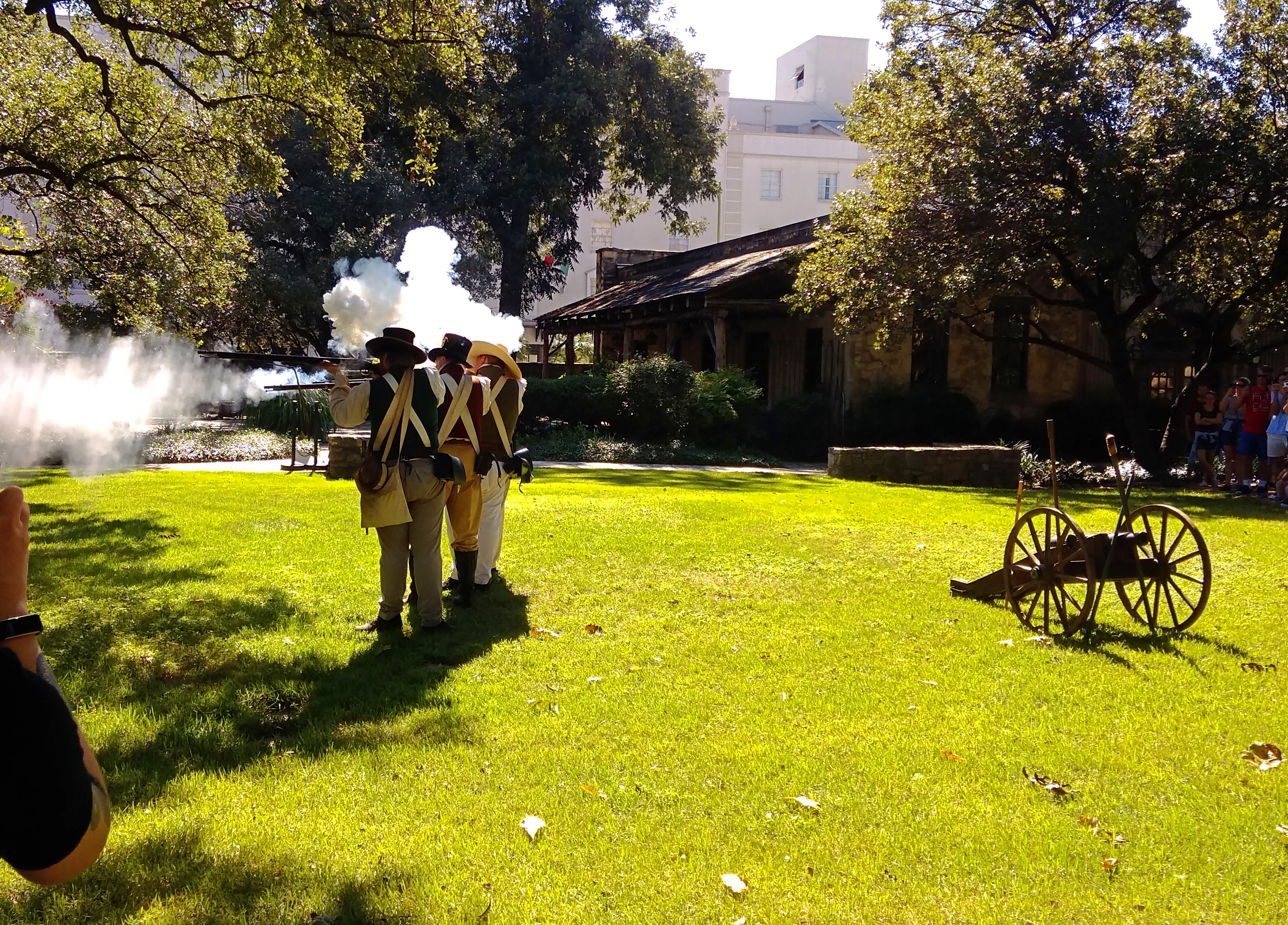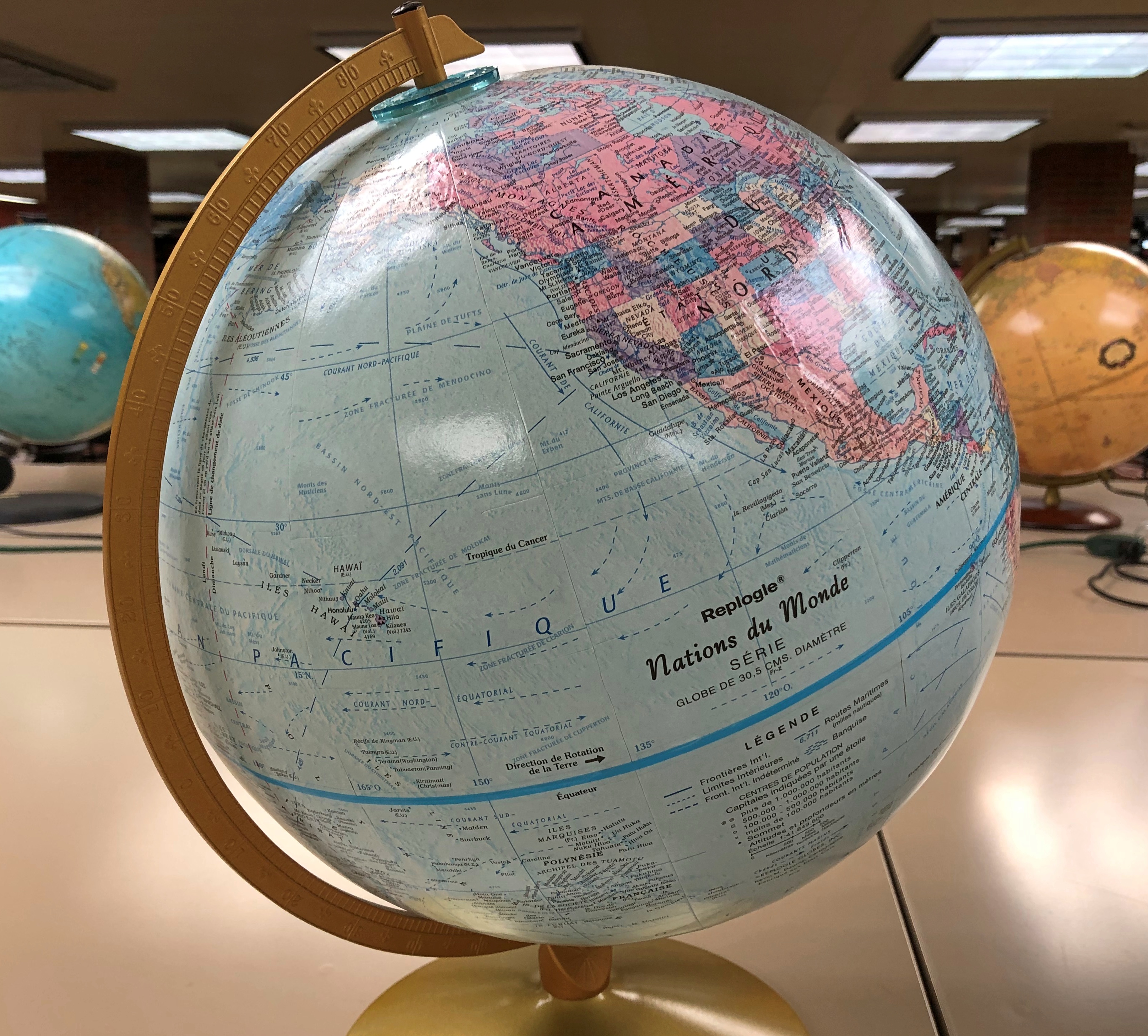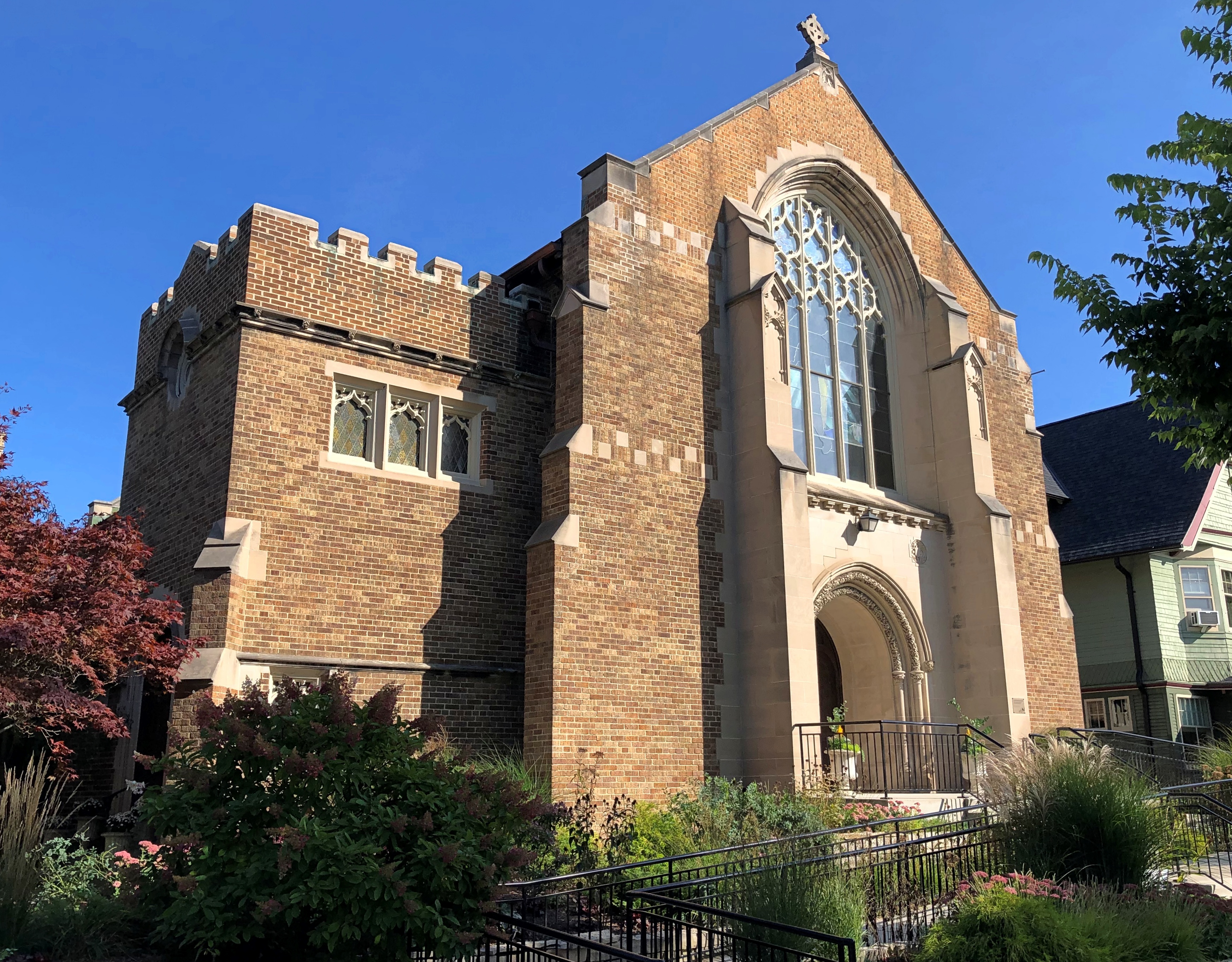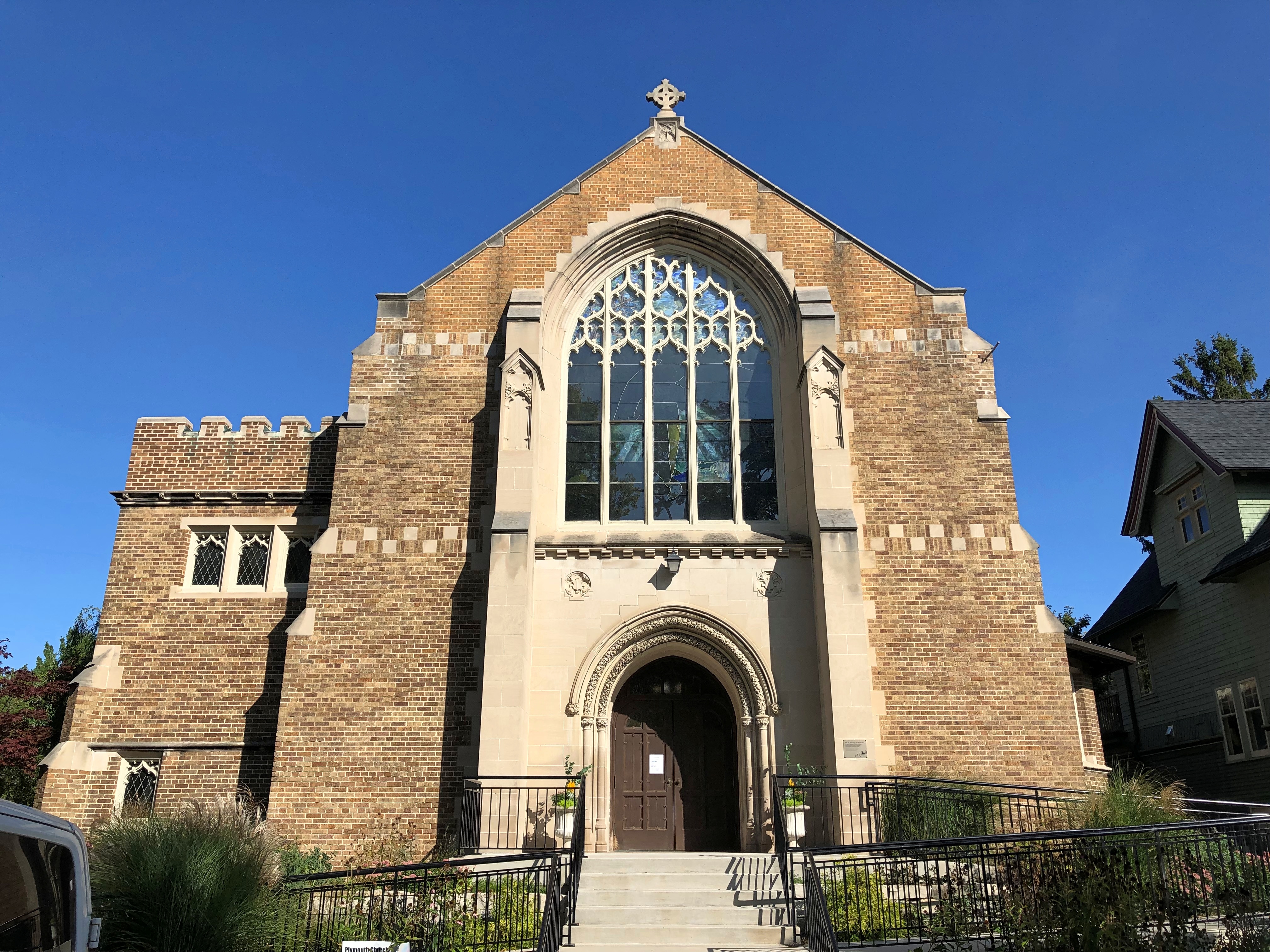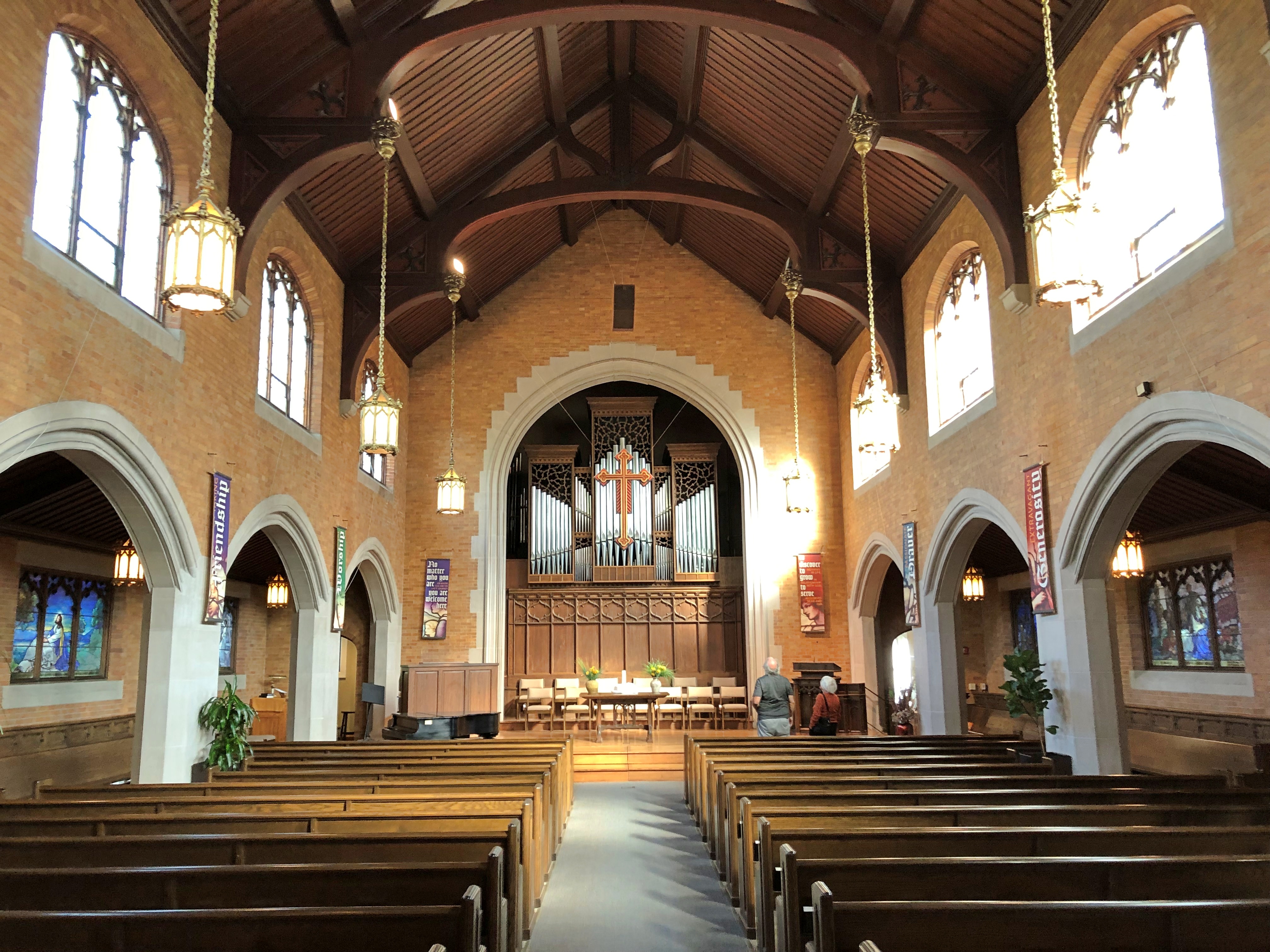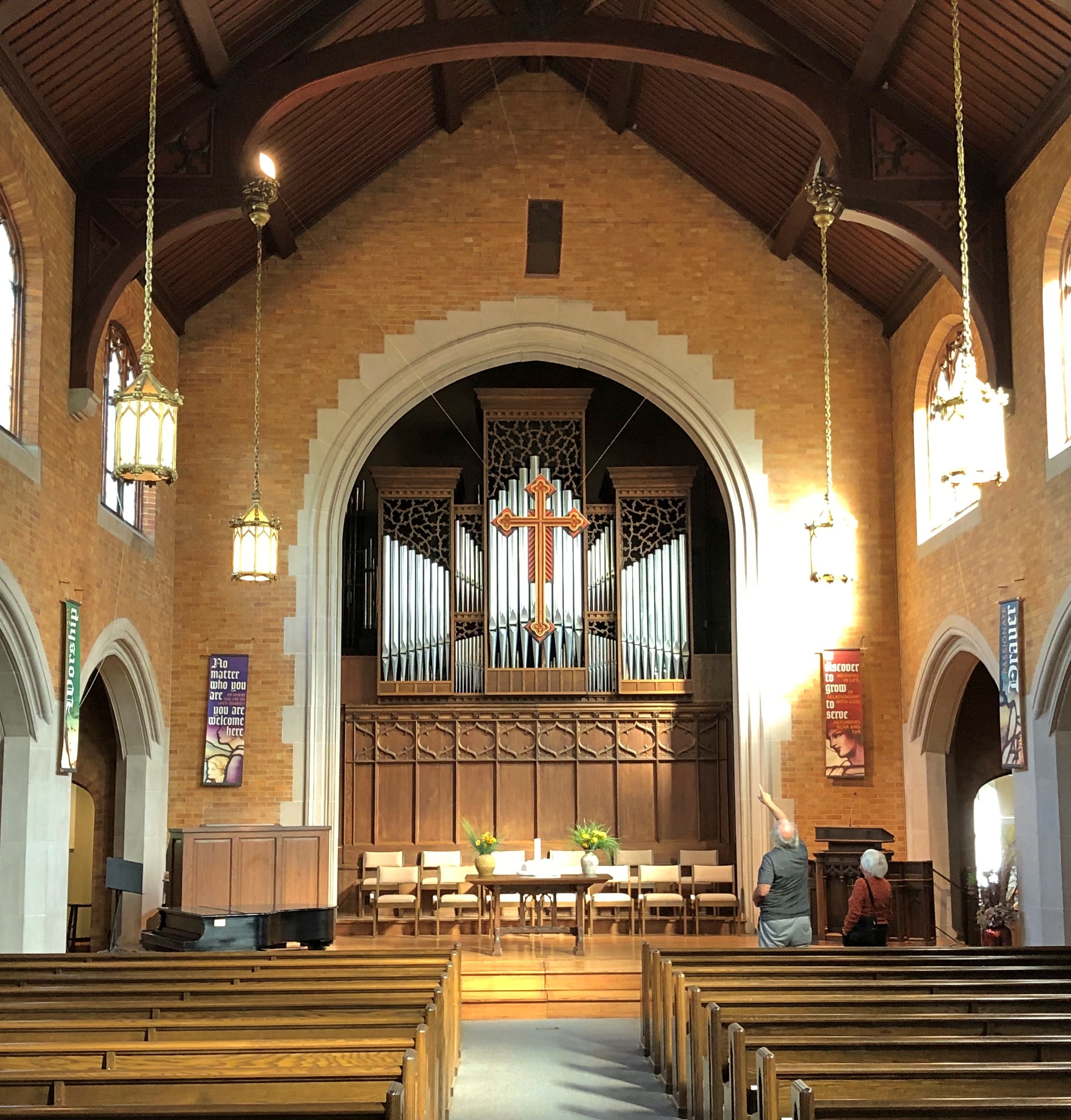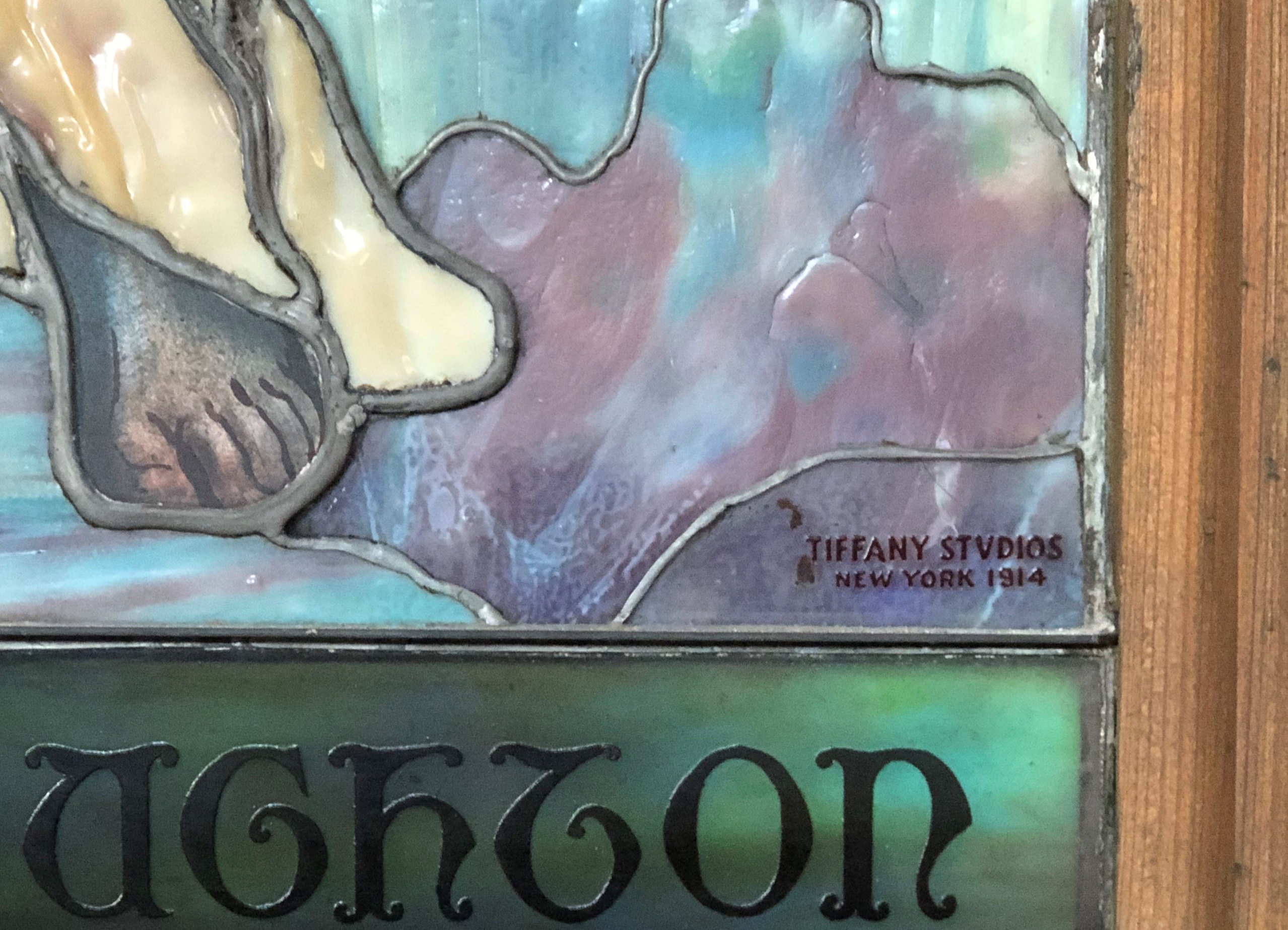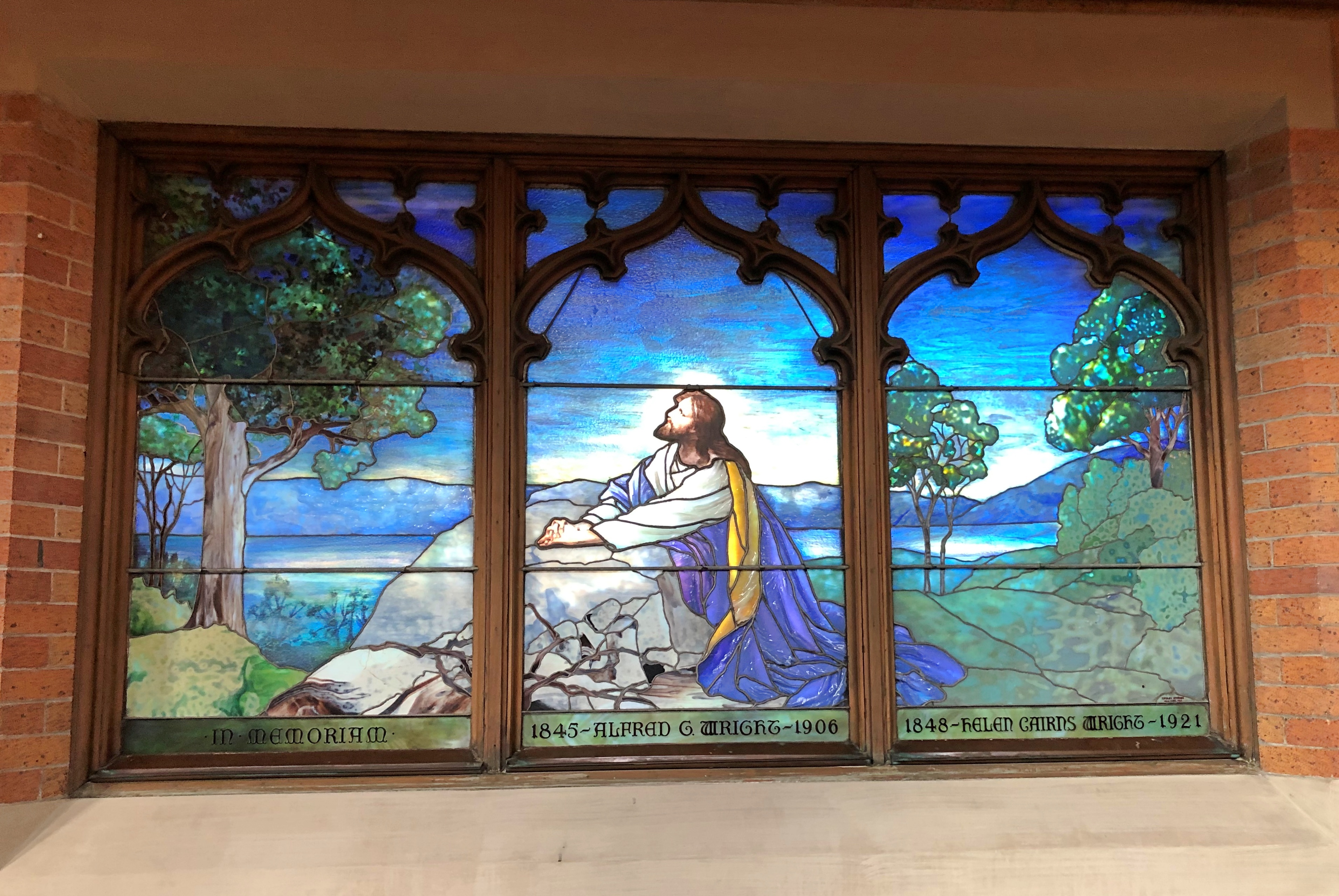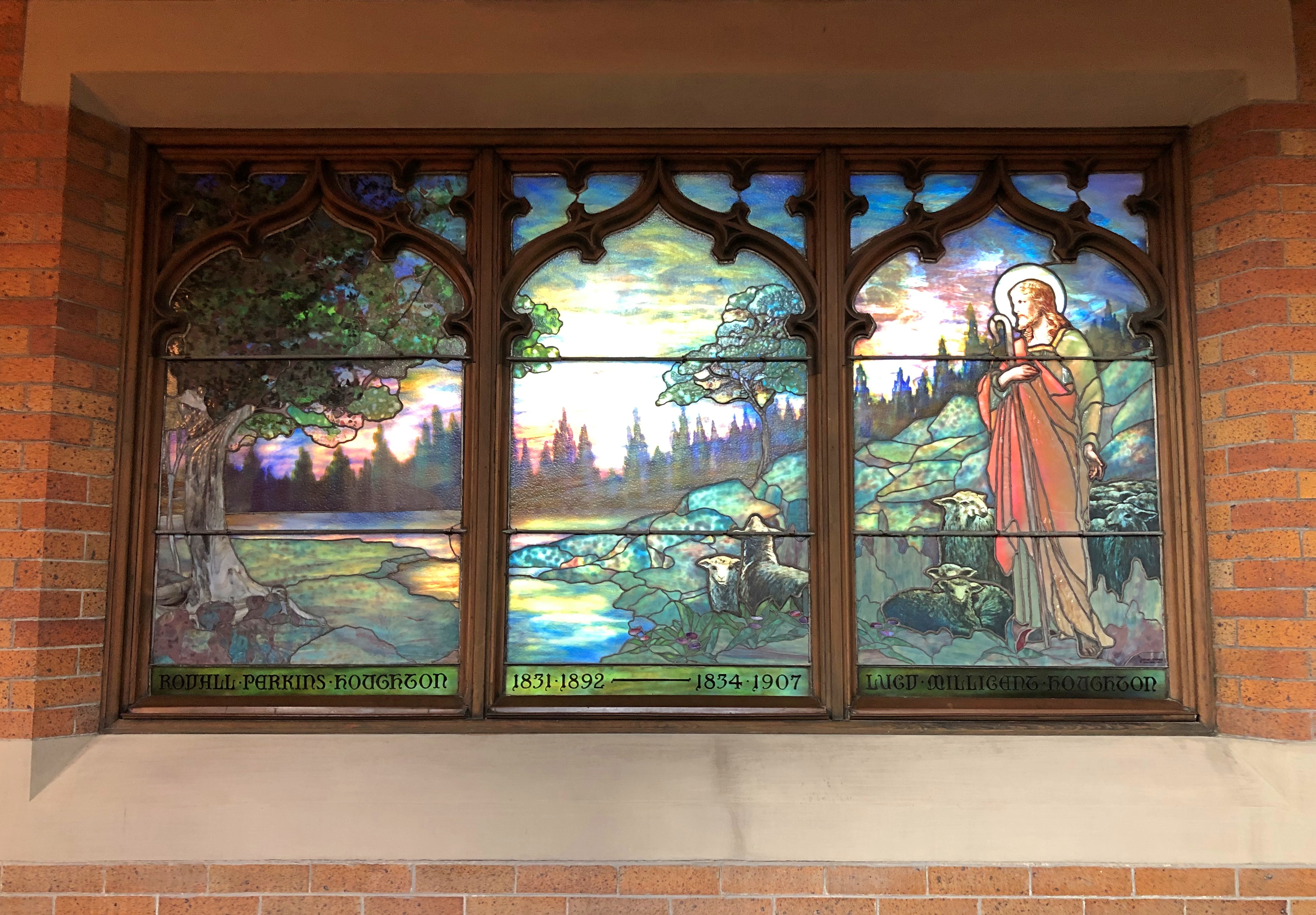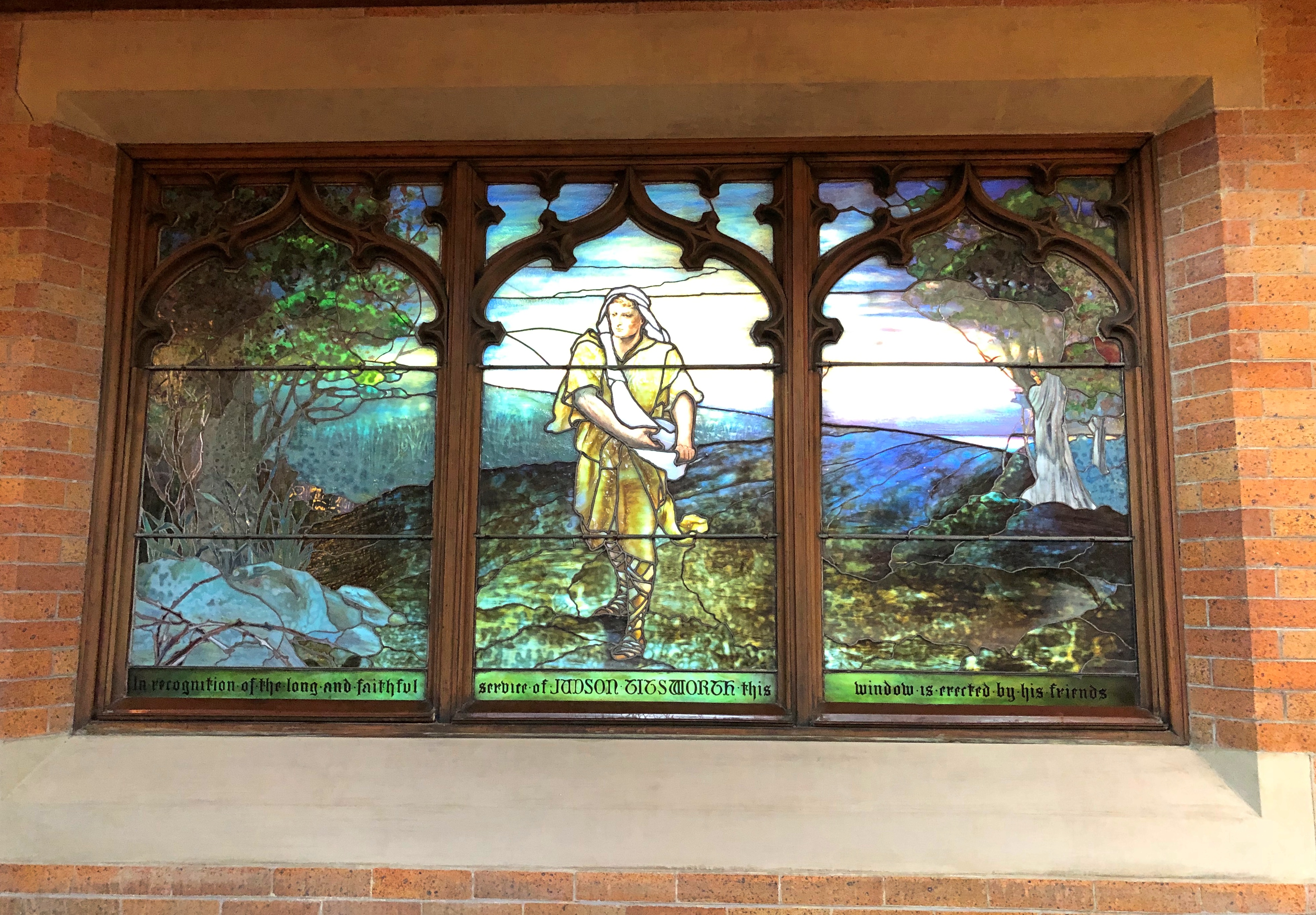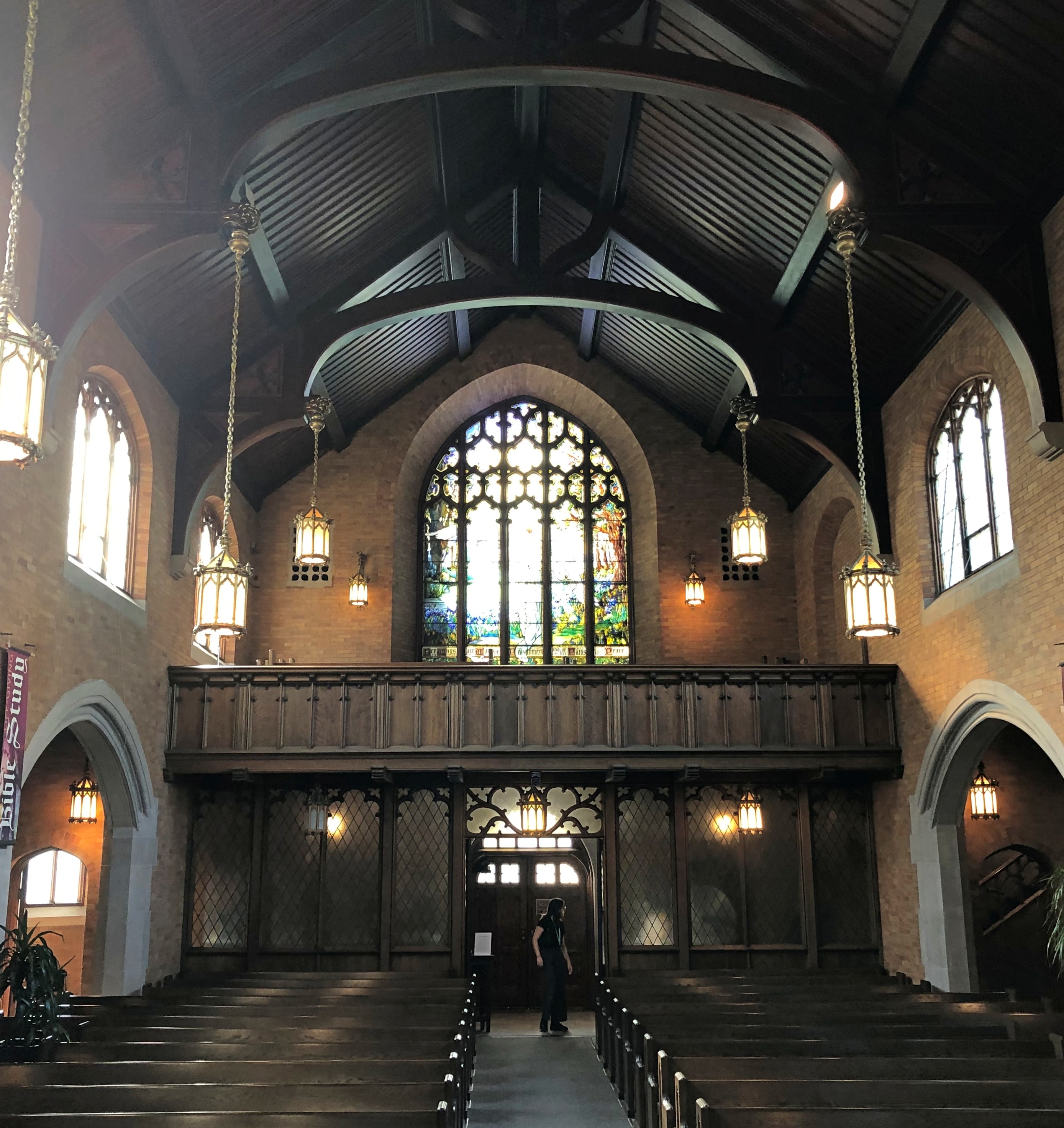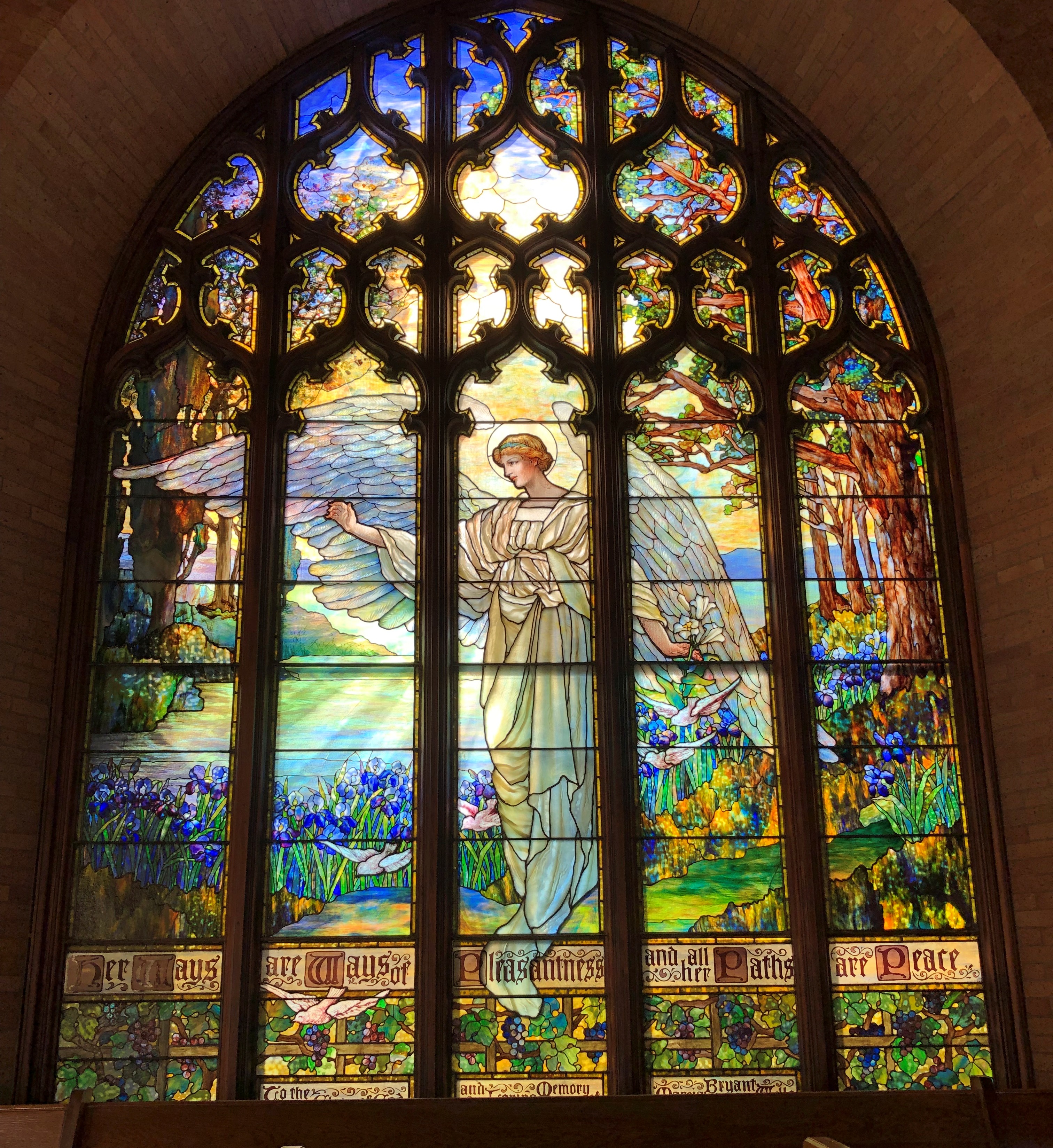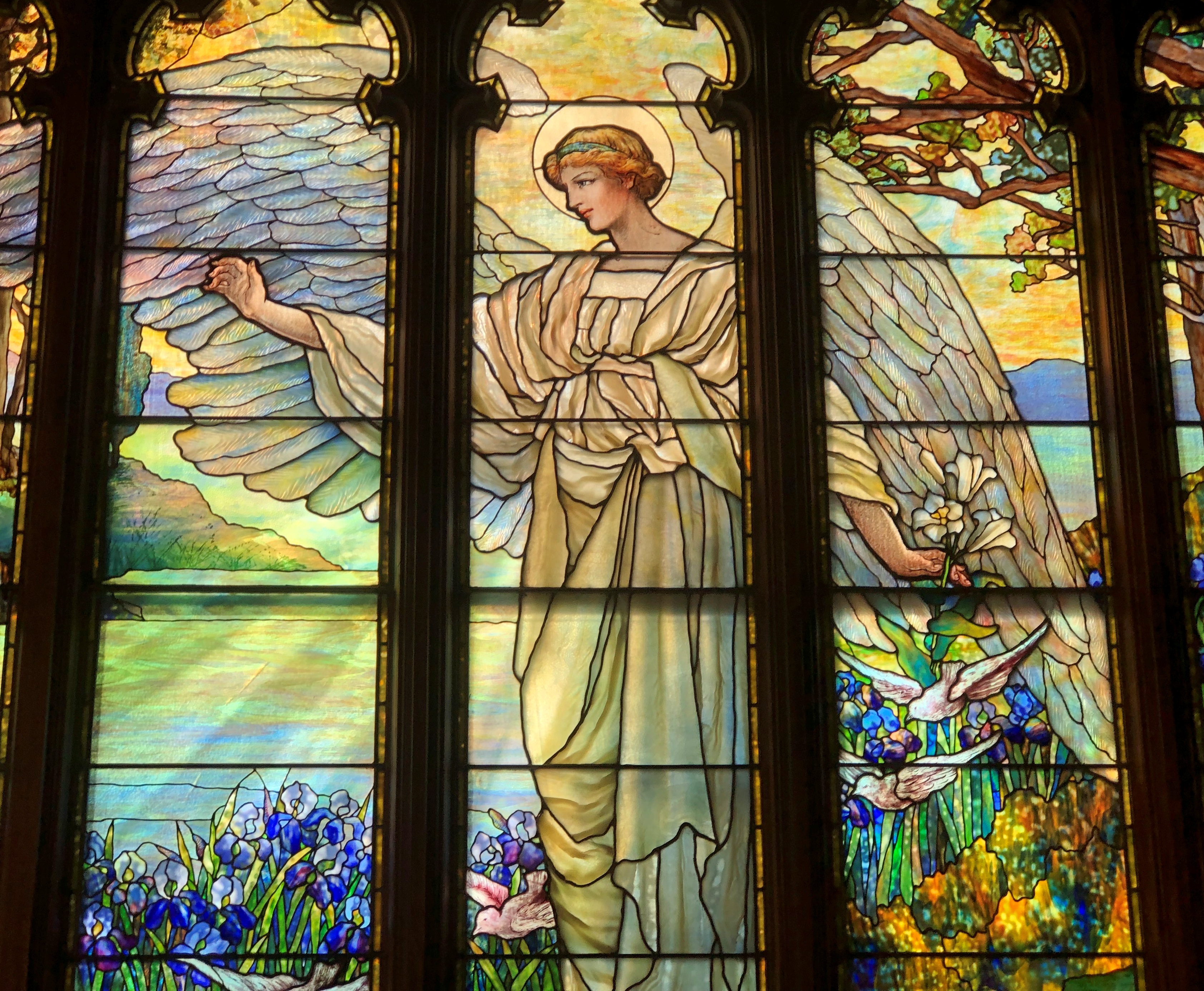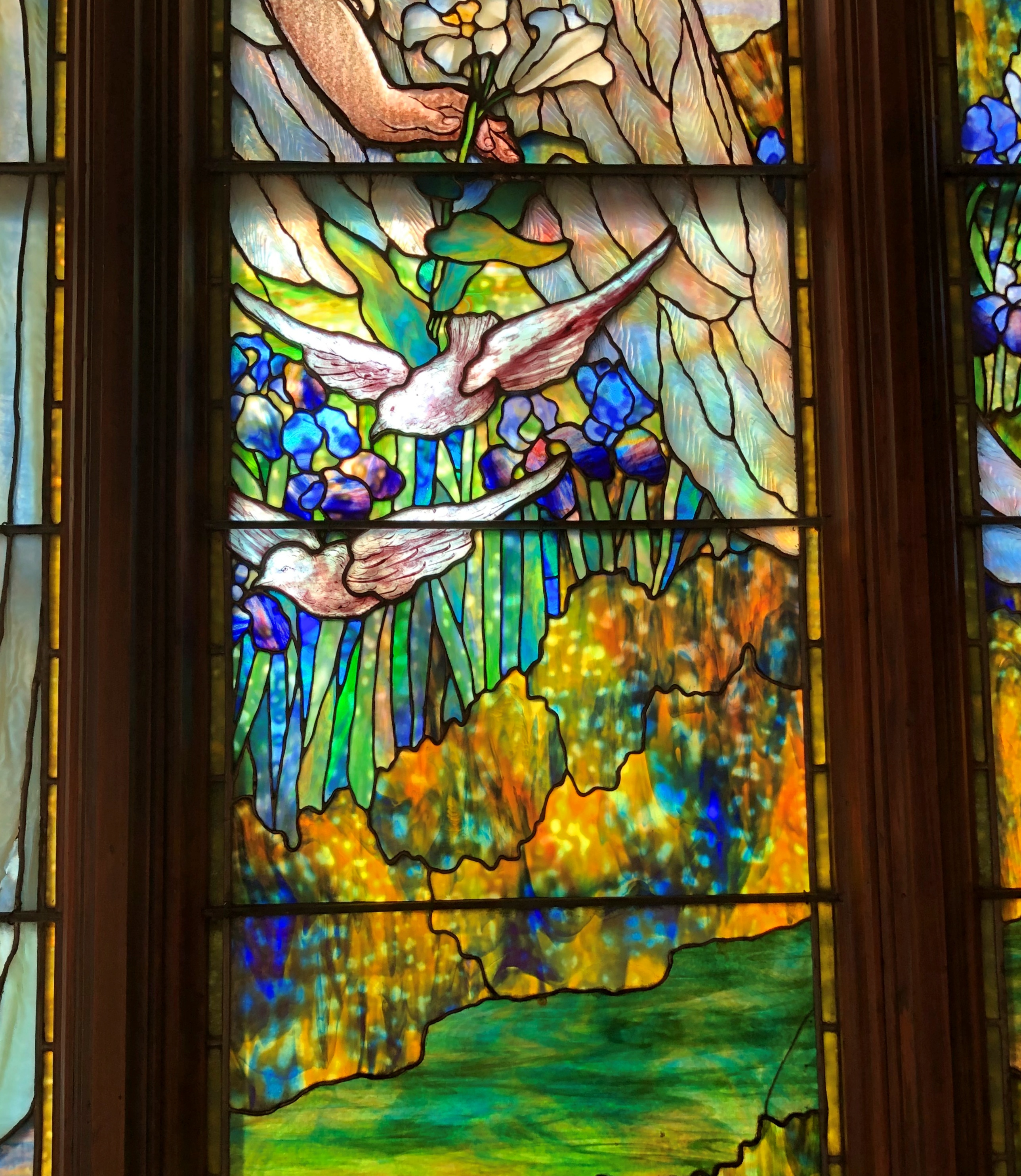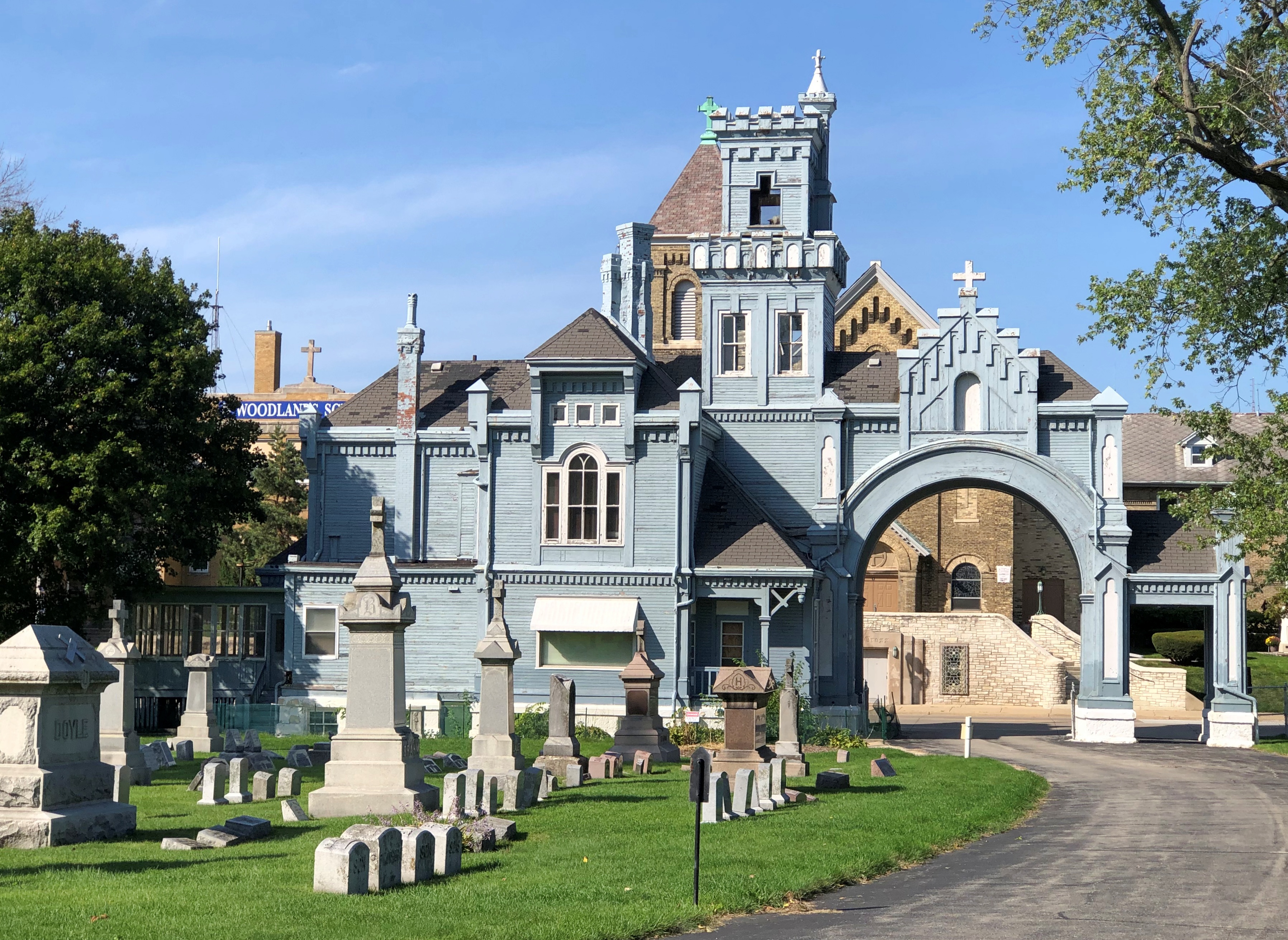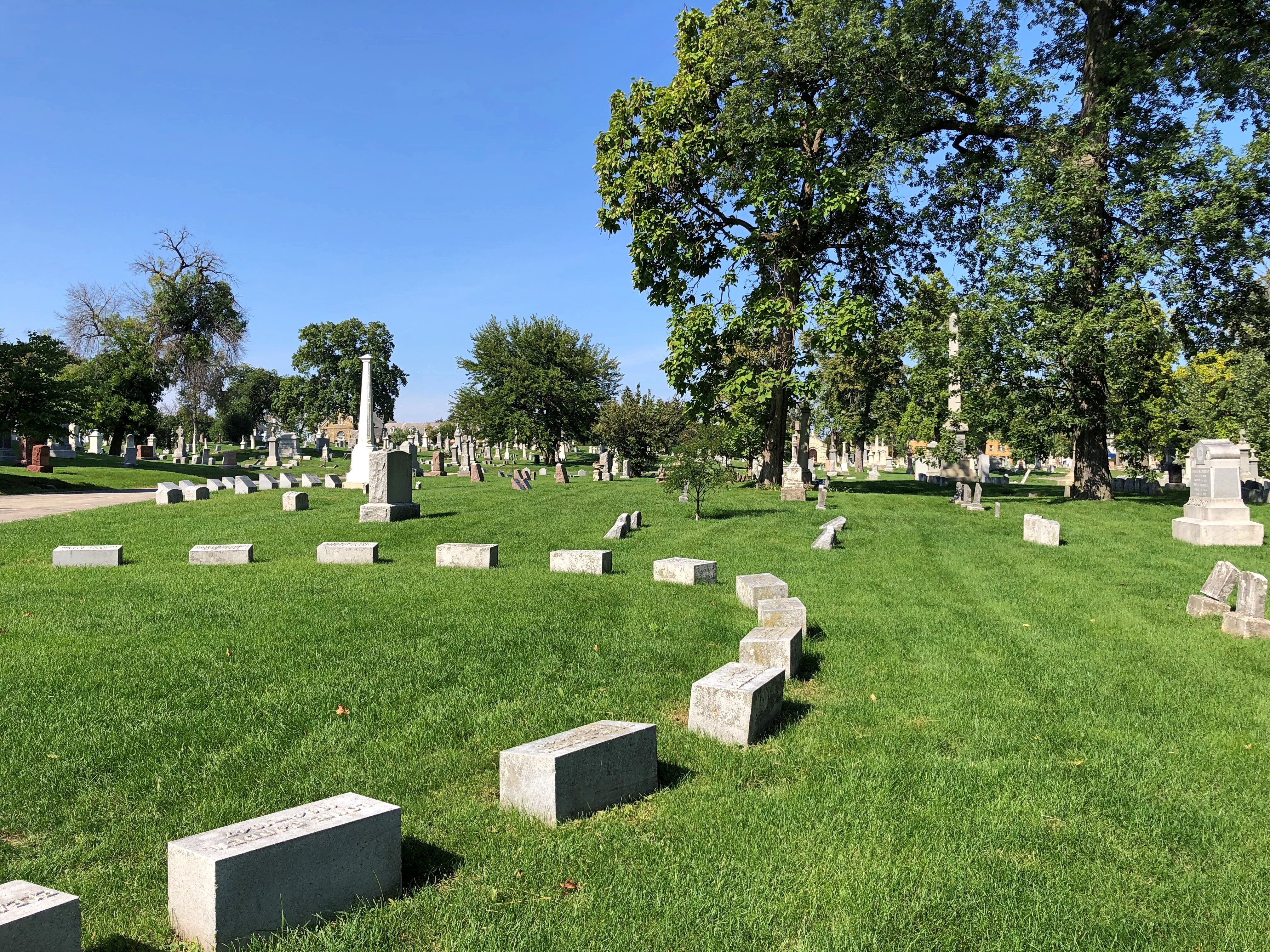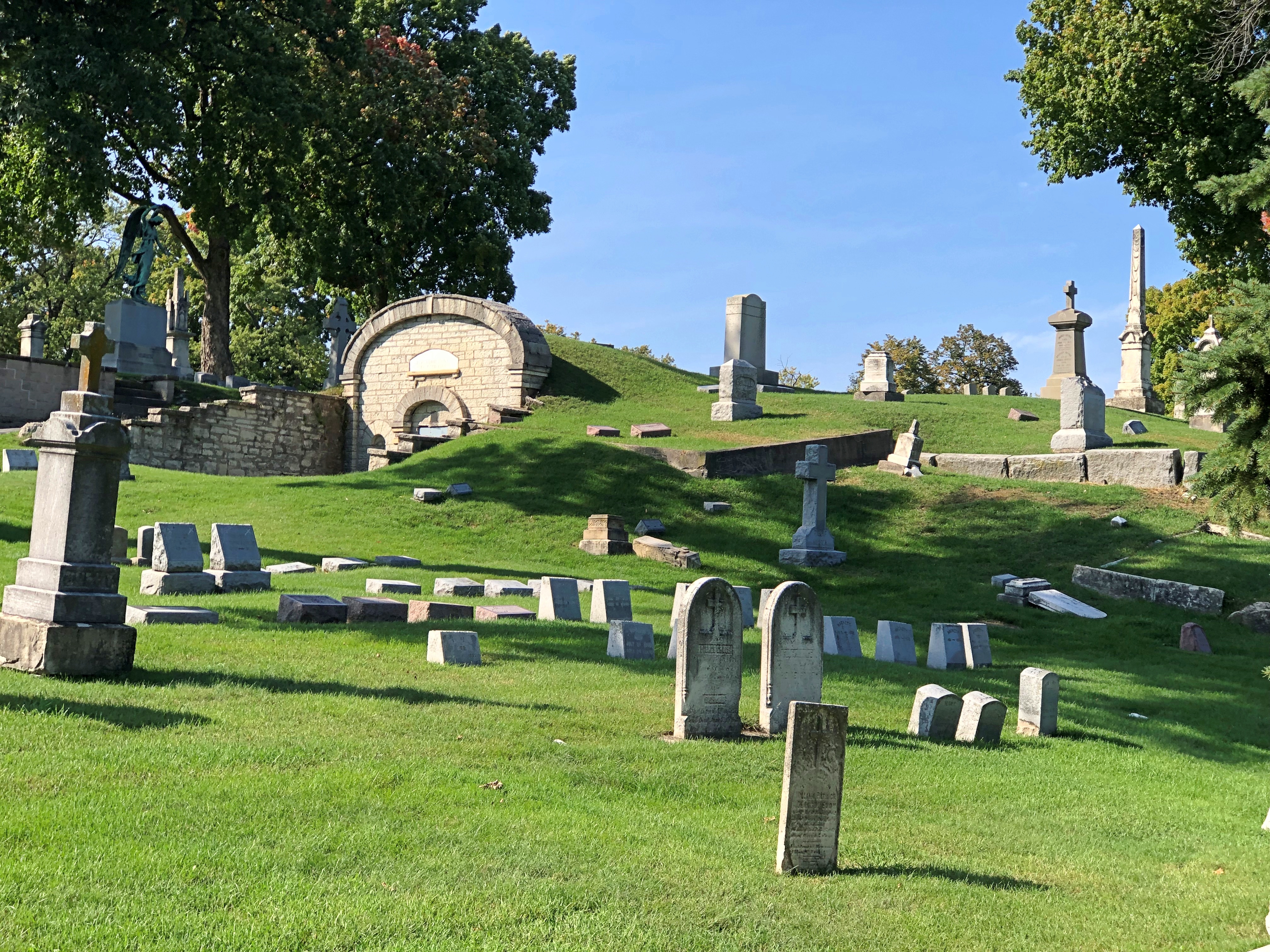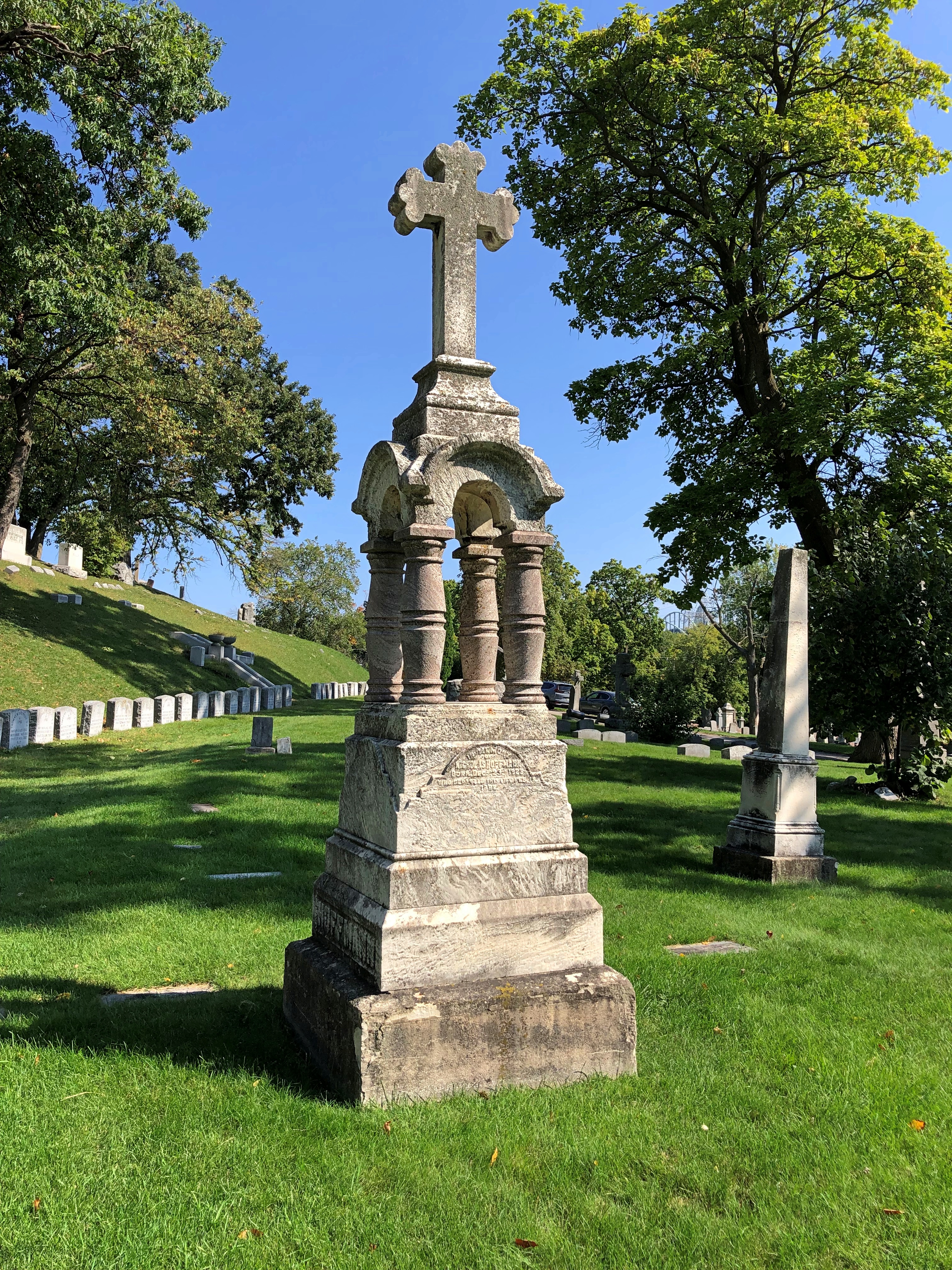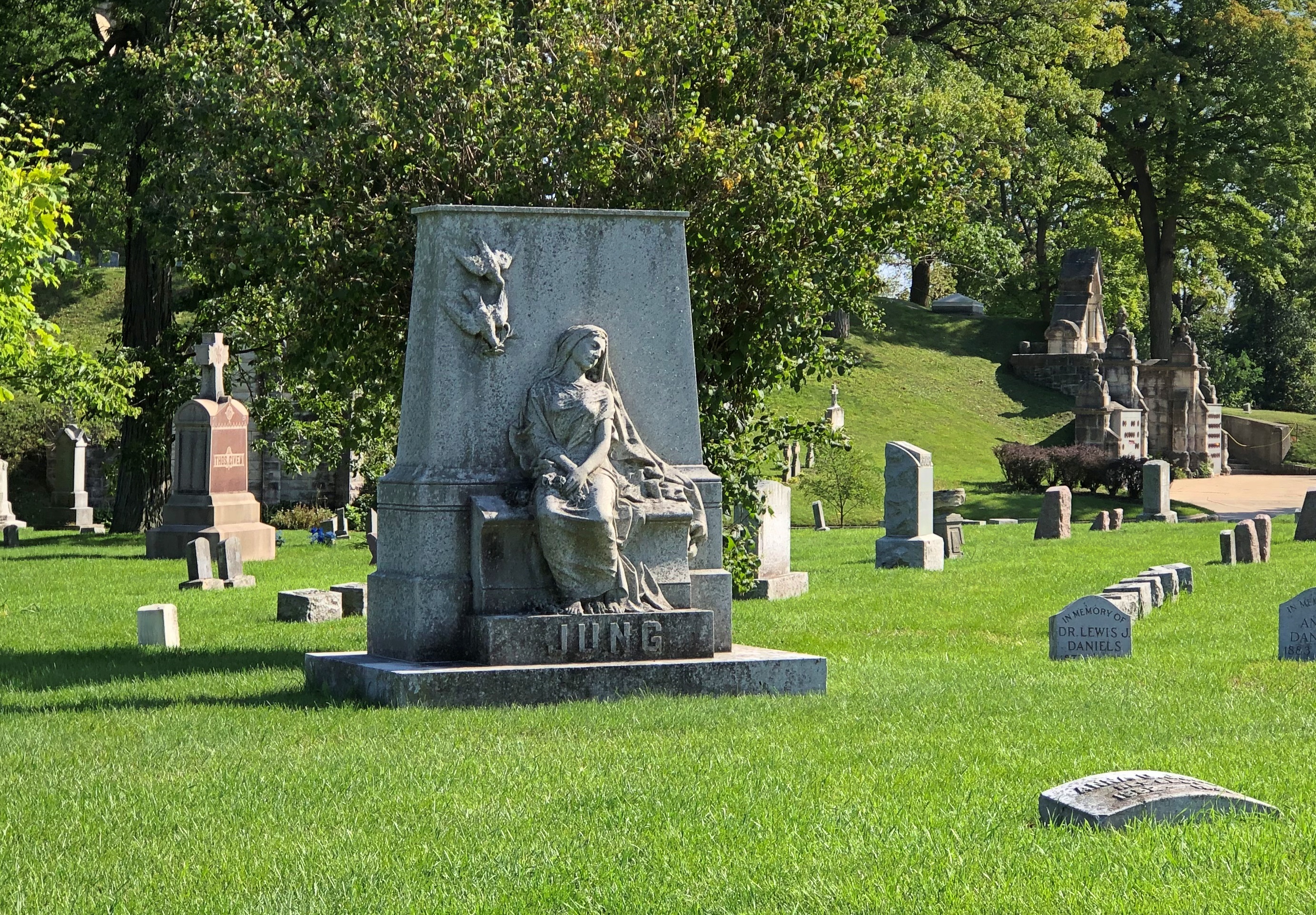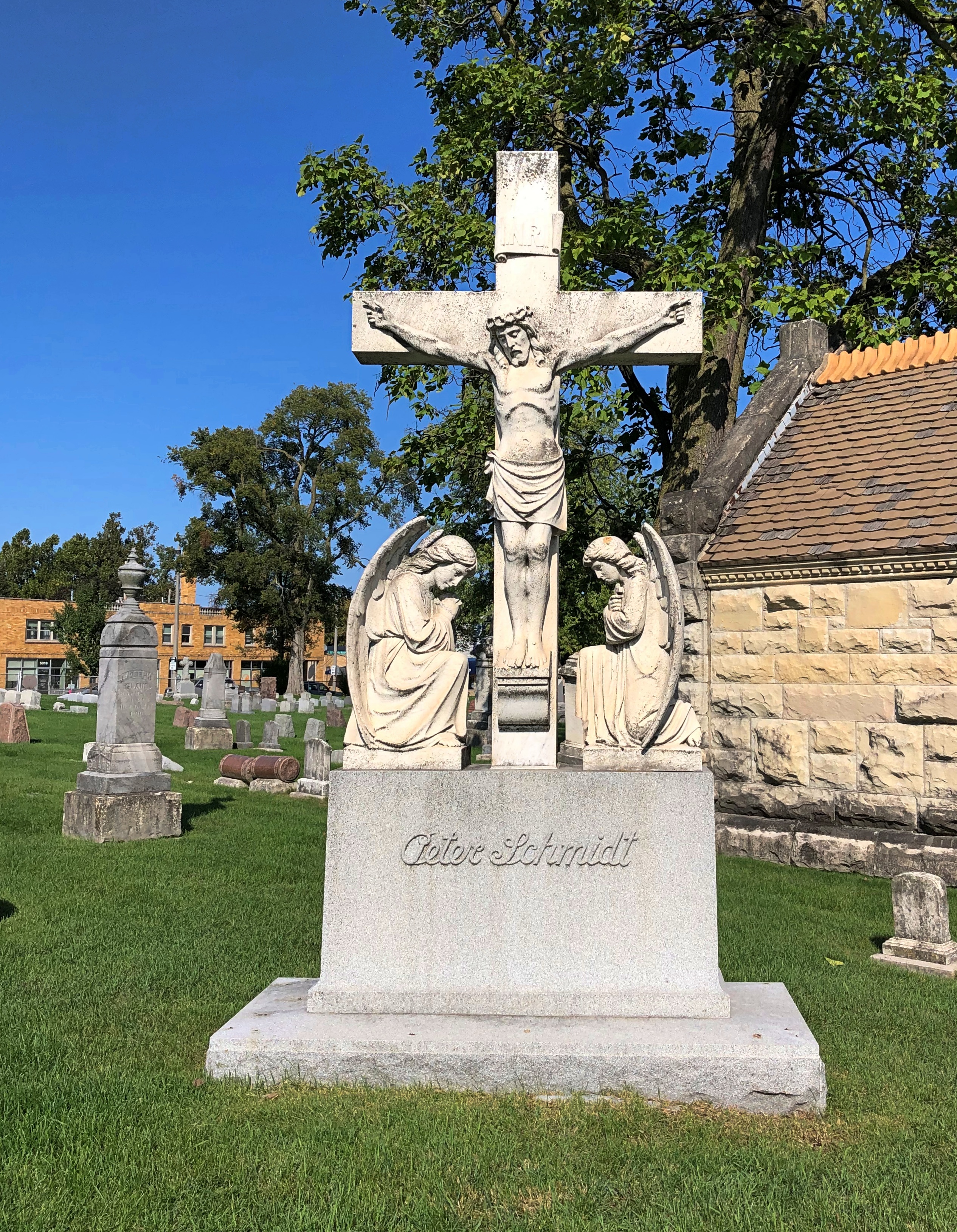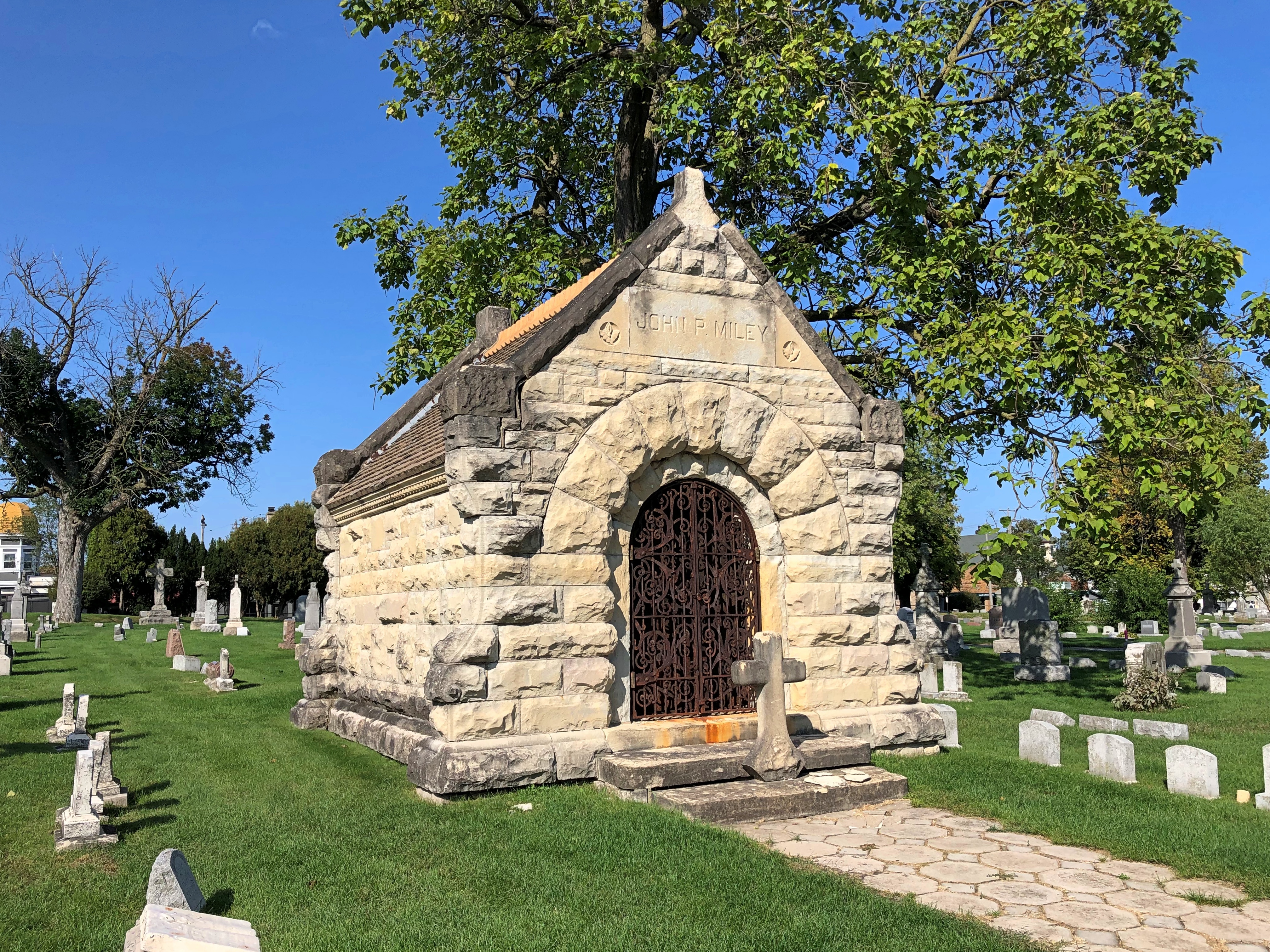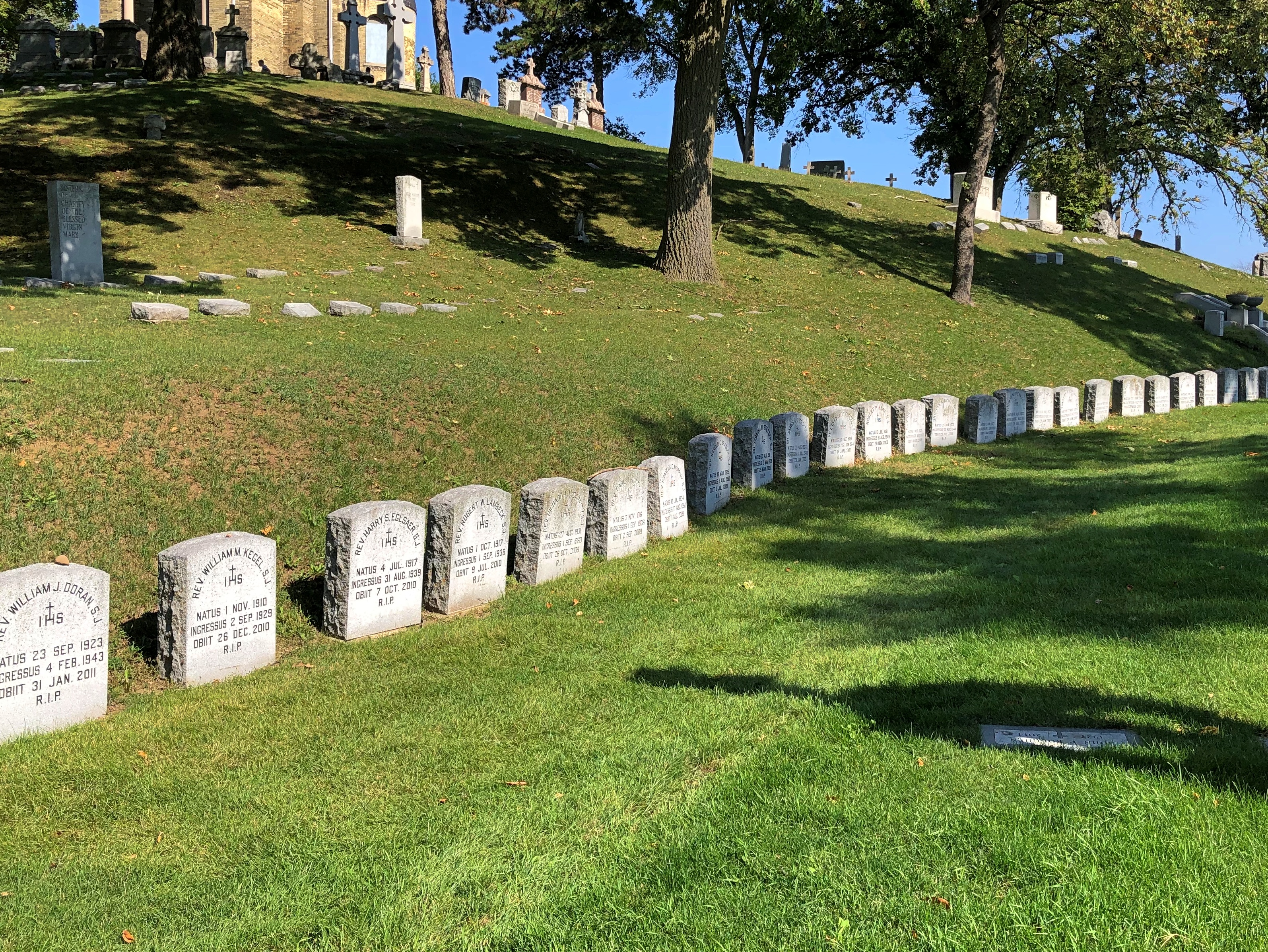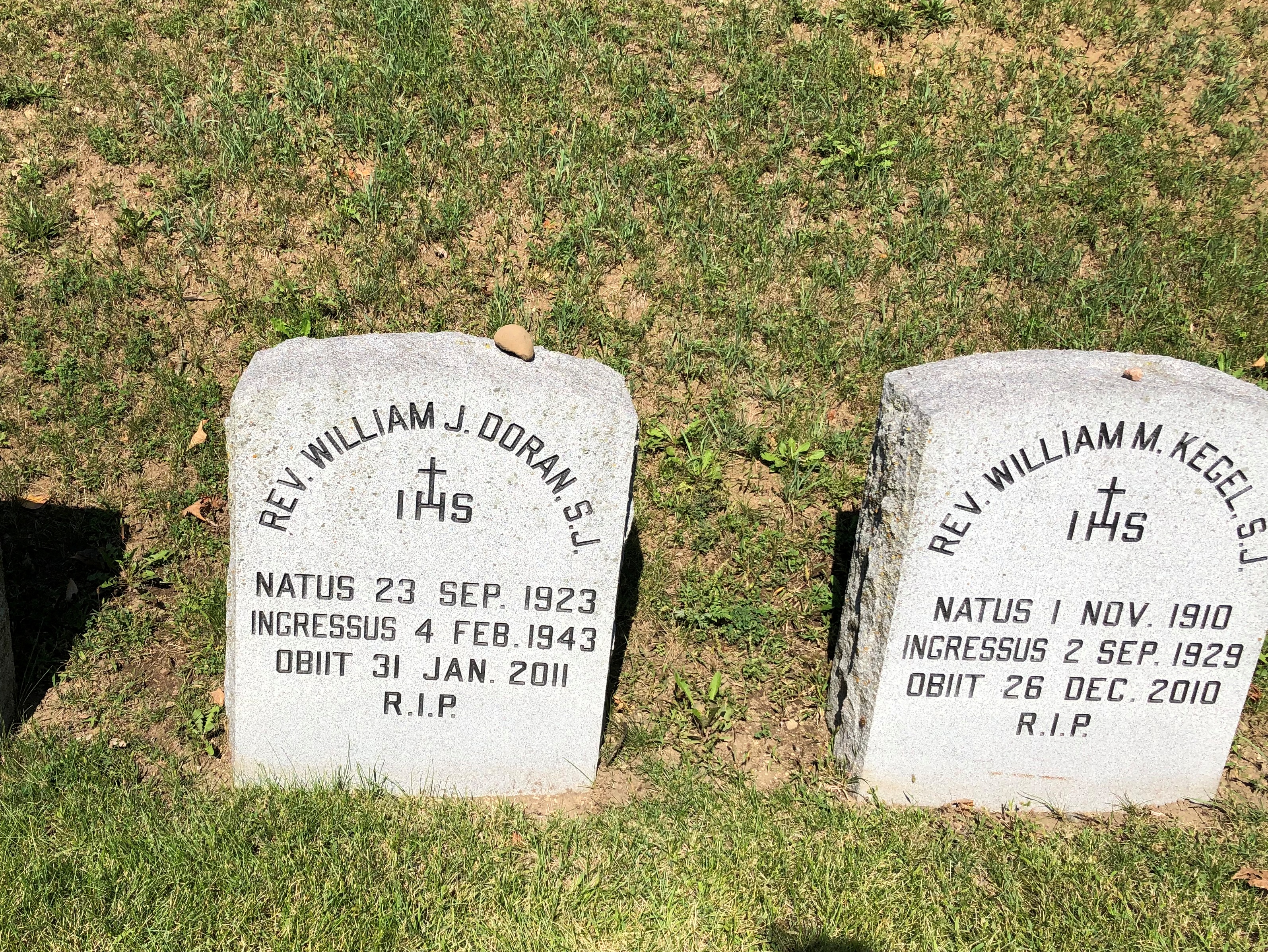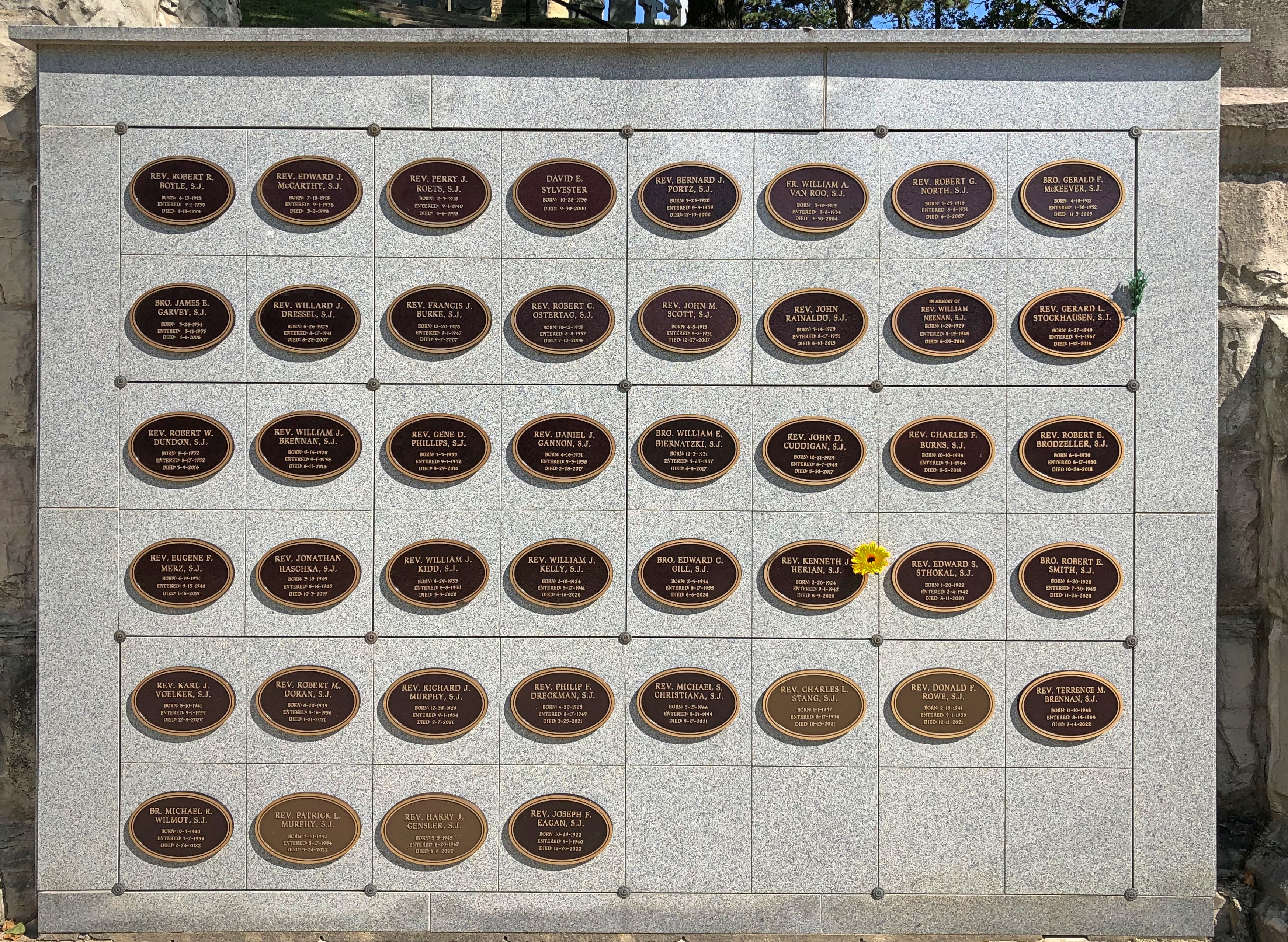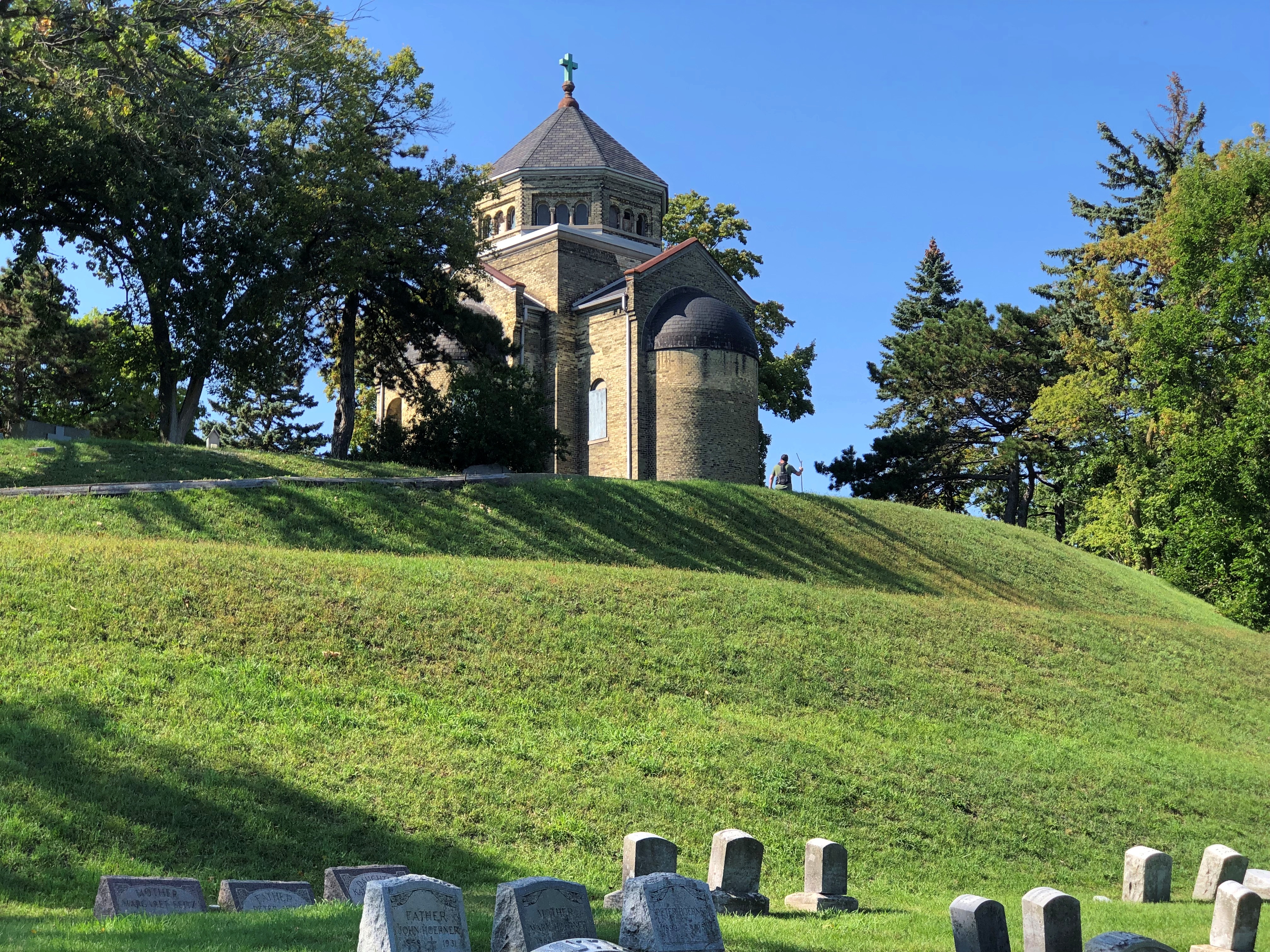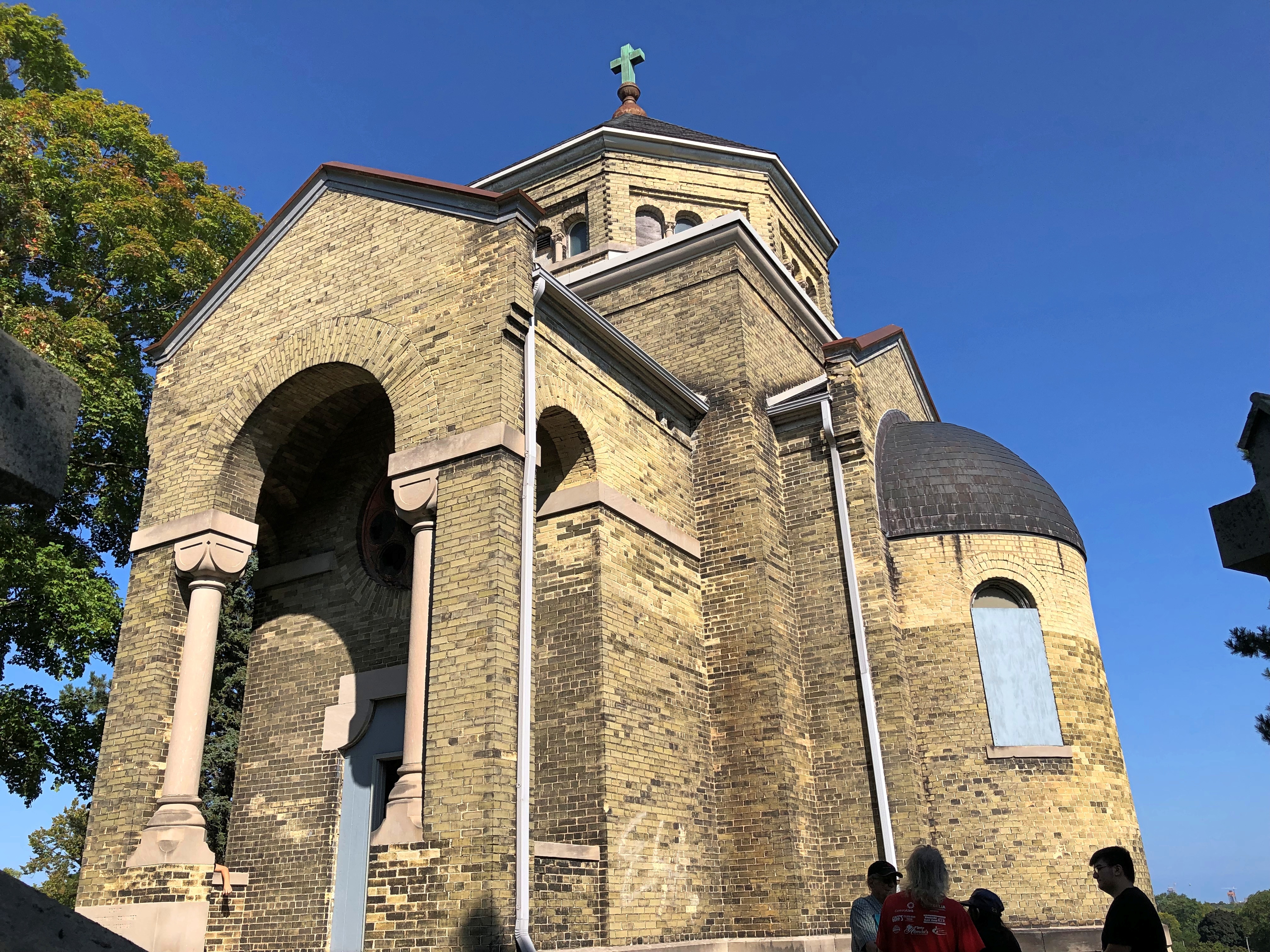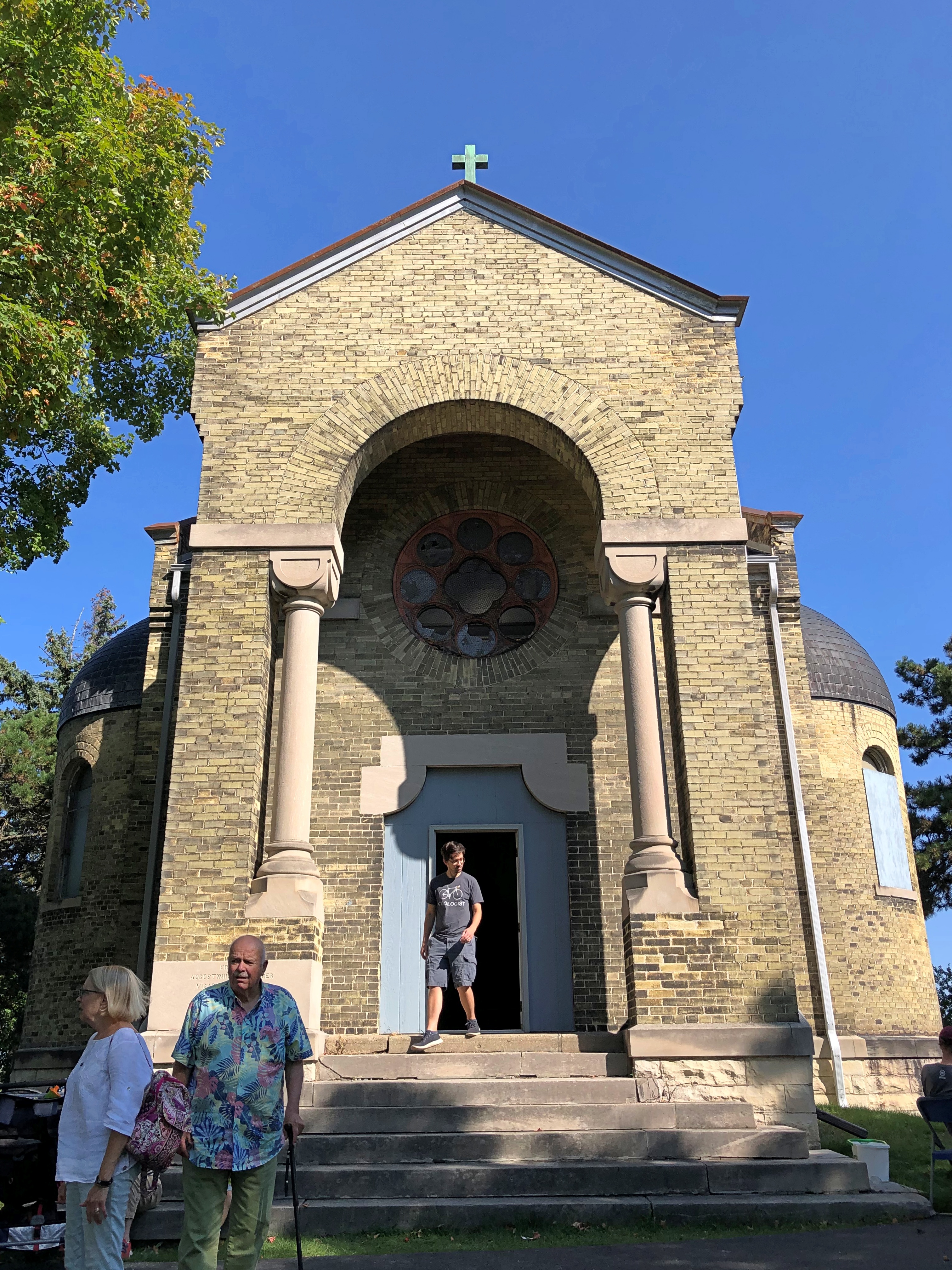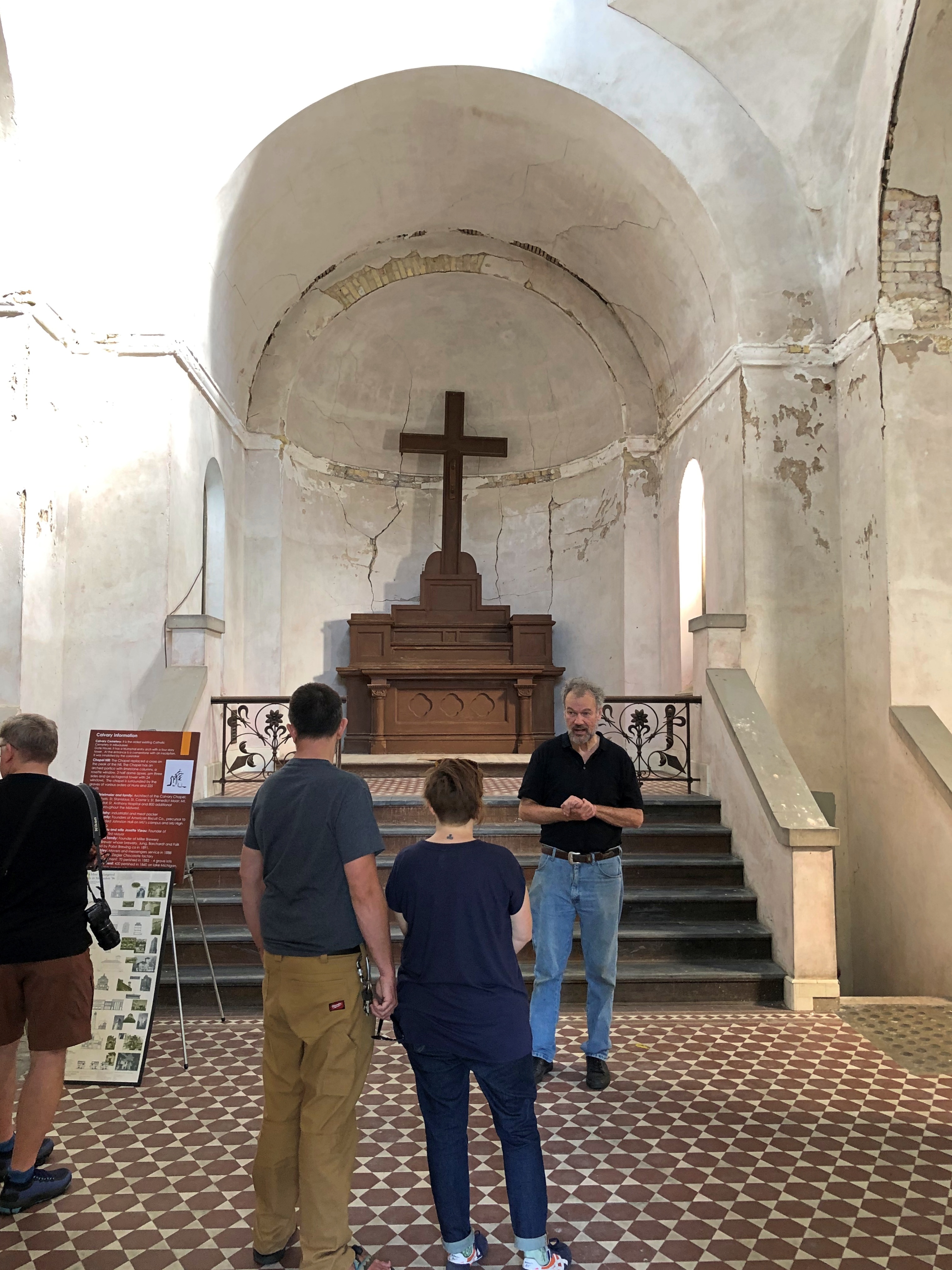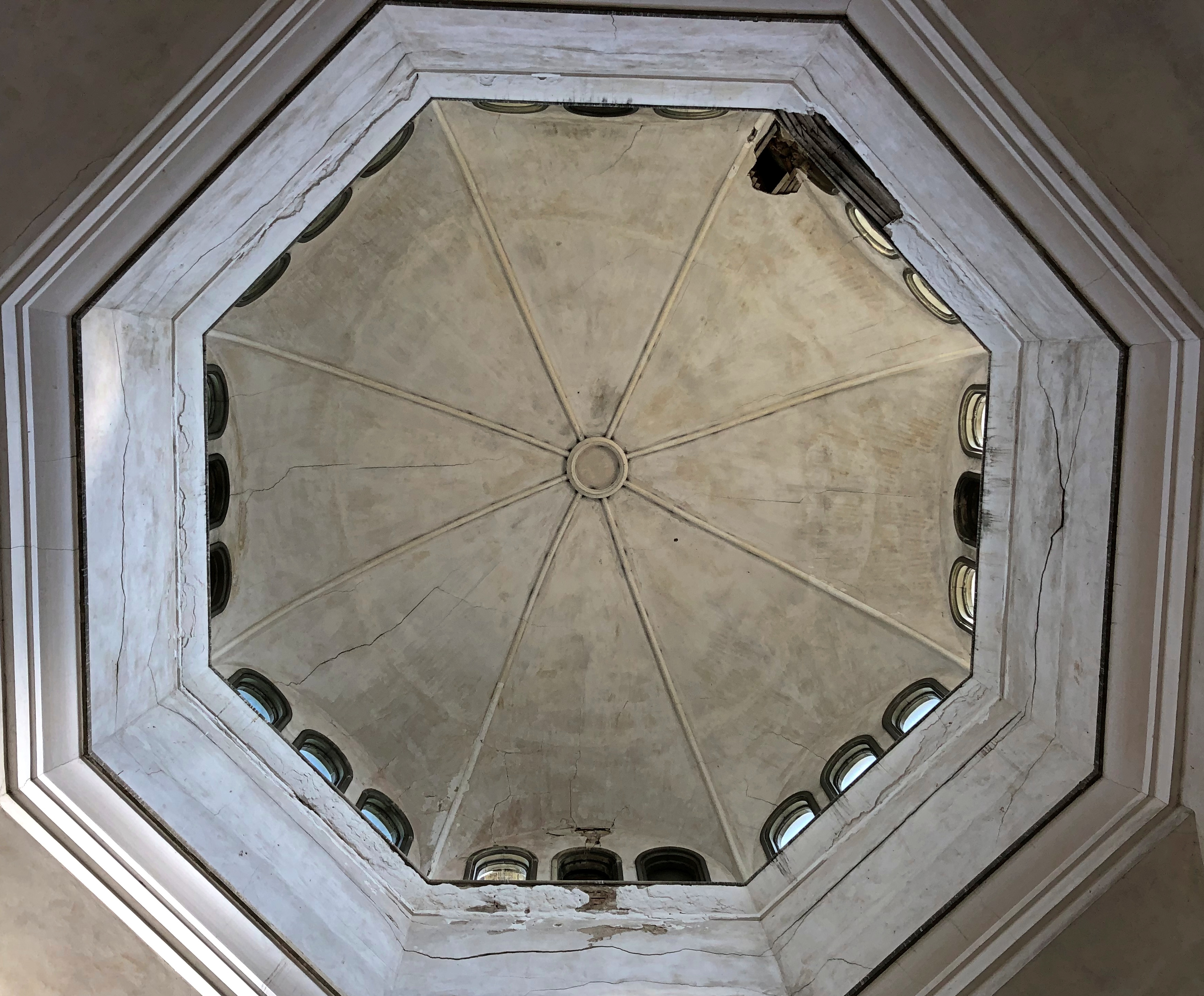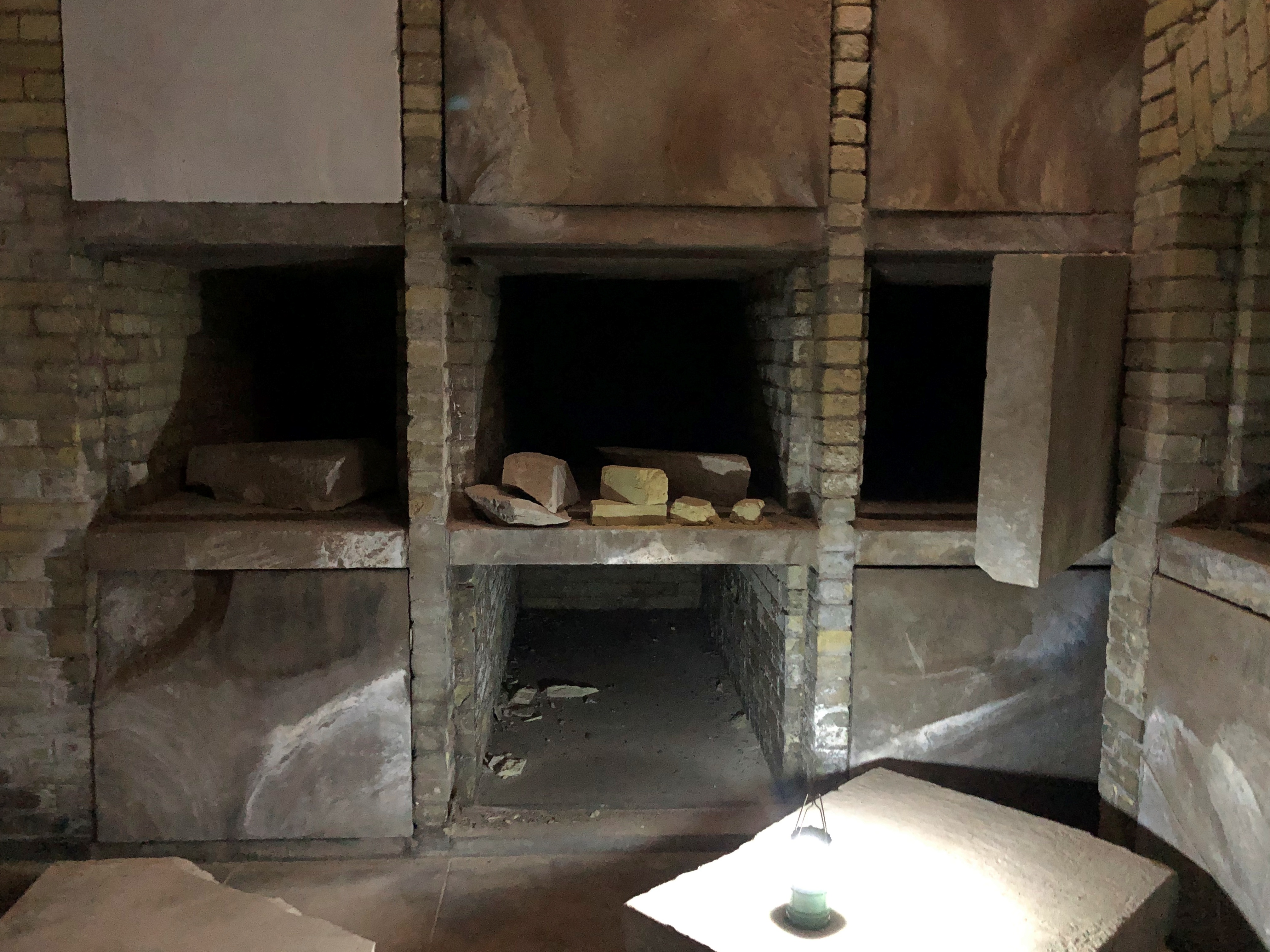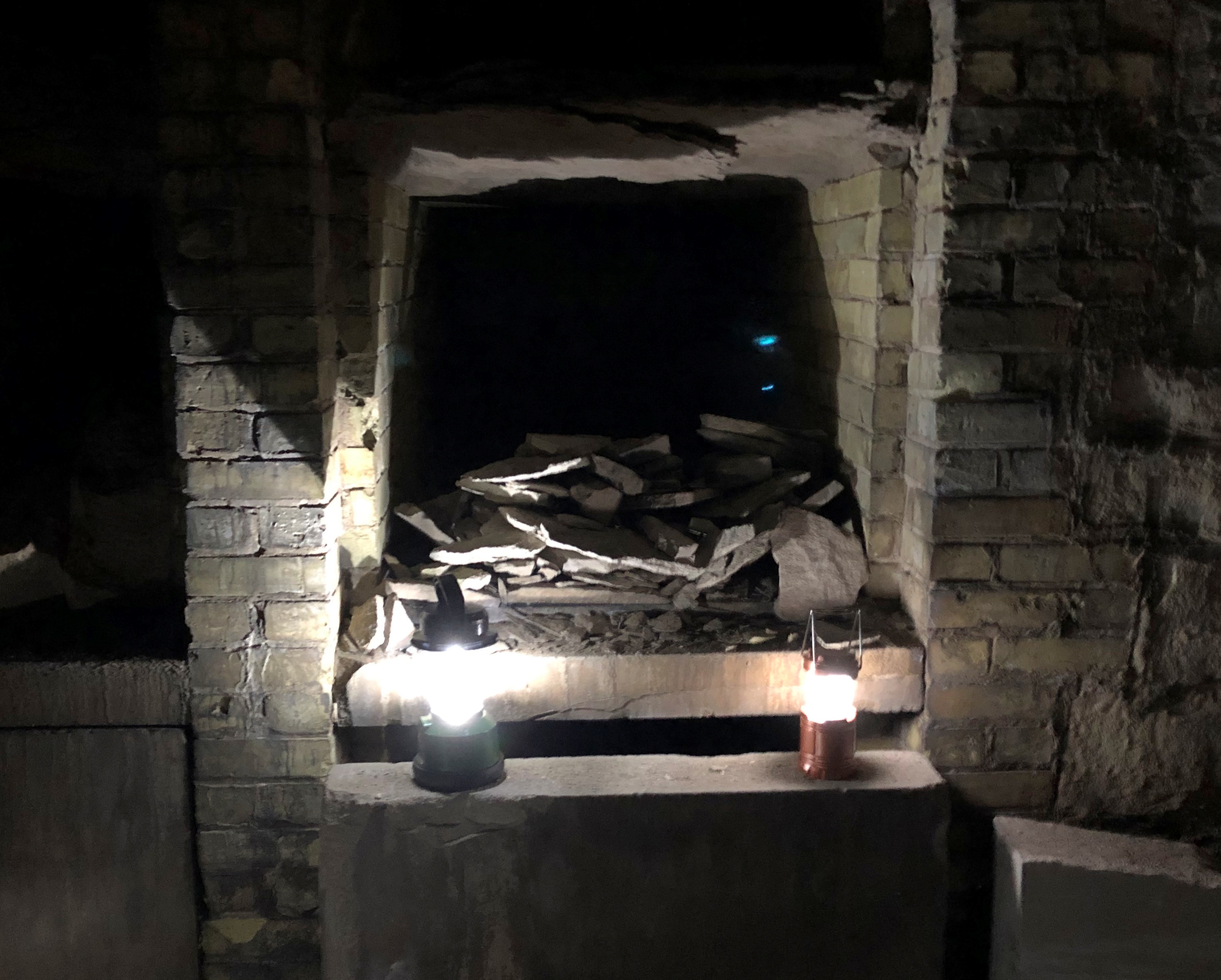The first chill of fall is on. Not freezing, not even in the wee hours, so mild in the grand scheme of the year. A warm day in December, brought forward.
More than a tinge of yellow and brown in the trees, but green is still dominant. For maybe a week. Bright colored leaves will soon detach themselves and find their way to the ground, where they will be pushed around and crackling underfoot: a sound of the season universally experienced but less often mentioned. (But not never.)
Not long ago, I watched the video of “Everybody Have Fun Tonight,” which dates from 1986, a vaguely remembered curiosity. I remember the song being OK, even fun – it’s in the title – but not liking the video, which jump cuts like there’s no tomorrow.
That’s an inventive band name, Wang Chung, who hailed from London, and were not the least bit Chinese. “Yellow Bell” in Chinese, Wiki tells me. A foundational term in Chinese music, Music Educators Journal tells me, but my grasp of music theory – Western, much less Chinese – is a flimsy thing, so I can’t pretend to understand it.
After I watched the video once, I watched it again. And a few more times over the course of a week.
The jumpy visual structure bothered me less and less. I was even a touch mesmerized. Soon I began to appreciate the method to its particular madness. It emphasizes the musicians as their parts begin and end against a spare background, especially the two lead members of the band, whose images are sometimes effectively fused as they sing together. But the supporting musicians get their due. It’s really quite remarkable, this video.
I also paid attention to the lyrics. I’m sure I never did, even when the song was on the radio; that was a time of my declining interest in the radio, for one thing. It’s easy enough not to pay attention, which means you hear the refrain, which is smooth as cold beer and seemingly meaningless. Silly, too. Self-referential. Everybody have fun tonight! Everybody Wang Chung tonight!
Though a line or two of lyric hint at seriousness early in the song, if you’re paying attention that is, the lead singer, one Jack Hues, belts out four serious lines at about 2:30, or half way through, that seem to drop from out of nowhere. (Jack Hues is a stage name for Jeremy Ryder, supposedly picked since it sounds like j’accuse. This just keeps getting better.) Hues sings:
On the edge of oblivion
All the world is Babylon
And all the love and everyone
A ship of fools sailing on
We all feel that way sometimes, don’t we? No? Anyway, that’s peppy pessimism.








